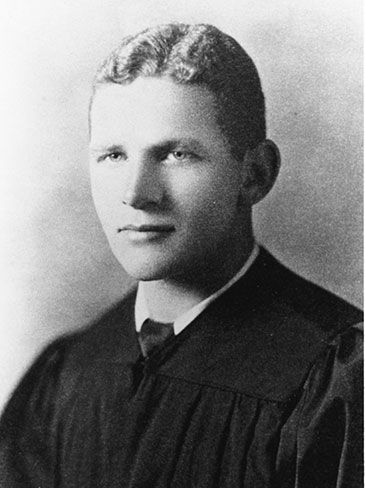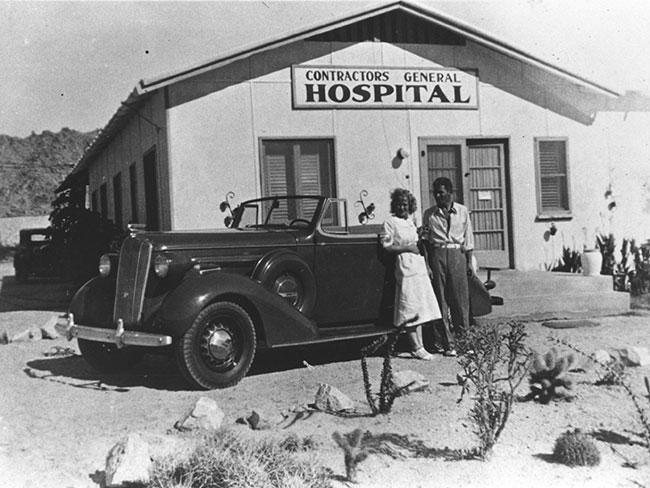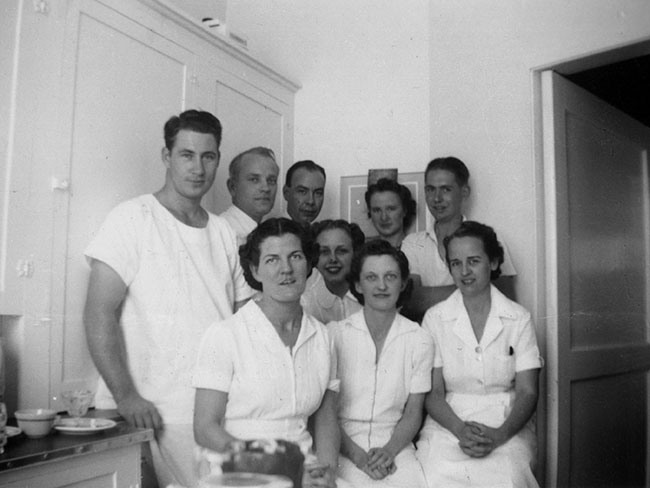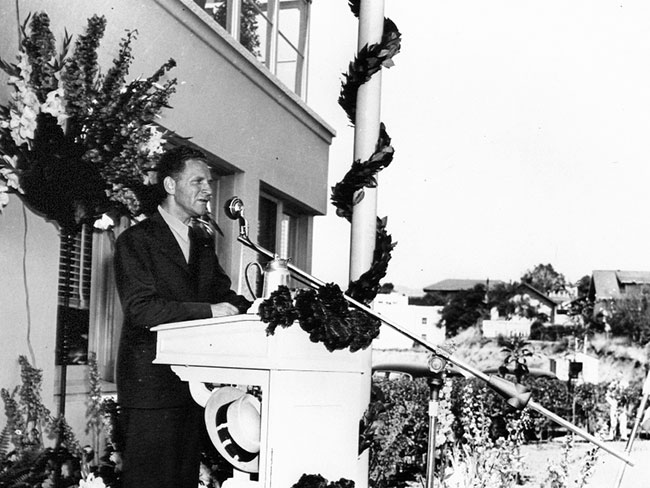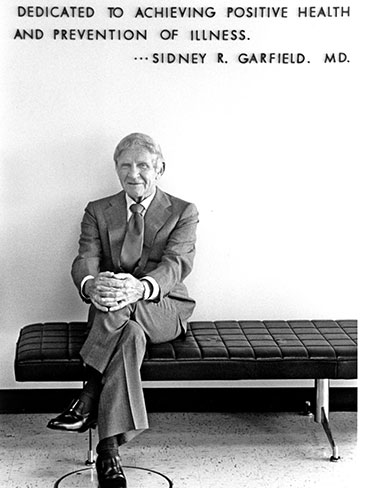Sidney R. Garfield, MD: Pioneer of modern health care
Kaiser Permanente’s co-founding physician spread prepaid care and the idea that doctors should help keep people healthy — not just treat them when they’re sick.
Dr. Sidney R. Garfield and Henry J. Kaiser, co-founded Kaiser Permanente. They introduced the country to a revolutionary model for integrated care and coverage.
Sidney Roy Garfield, MD, was a health care pioneer.
He believed in healthier lifestyles with annual checkups and preventive measures. He also promoted the early use of electronic health records.
He and industrialist Henry J. Kaiser co-founded Kaiser Permanente. They aimed to create a health care model that kept people well.
1906 to 1932: Early life and education
Garfield was born on April 17, 1906, in Elizabeth, New Jersey. His parents, Isaac and Bertha, were Jewish immigrants from Eastern Europe.
Isaac ran a supply store for dock workers, sailors, and their families. Garfield, his mom, his dad, and his older sister Sally, lived above the store.
When he was in high school, Garfield wanted to be an architect. At his parents’ request, he chose to pursue medicine instead.
He got his undergraduate degree from the University of Southern California in Los Angeles. He went to medical school at the University of Iowa, and graduated in 1928.
Reflecting on the moment of deciding to study medicine, Garfield later remarked, “Something good comes out of everything.”
1933 to 1938: Providing care to builders of the Colorado River Aqueduct
In 1933, when Dr. Garfield was finishing up his hospital residency in Los Angeles, he learned about the Colorado River Aqueduct project. It aimed to bring water from the Colorado River to Los Angeles.
Dr. Garfield reached out to the contractors. He learned that the project required a large workforce of about 5,000 people in a remote desert in Southern California. The workers would need on-site medical care.
The contractors offered Dr. Garfield a contract to provide care. He accepted and moved out to the desert.
He borrowed money to build and open a small hospital near the jobsite. The hospital was known as Contractors General Hospital. He also hired a nurse, Elizabeth “Betty” Runyen.
Dr. Garfield initially used a fee-for-service payment model at the hospital. In this model, doctors got paid for each service they provided. In the 1930s, nearly all doctors used this model.
Workers at the construction site faced many dangers and risks to health on the job. These included explosions, rock falls, nail punctures, and dehydration. Dr. Garfield and Runyen treated their injuries and prioritized workers’ wellness using preventive care methods not covered by insurance.
Dr. Garfield and his team also accepted sick or injured workers even when their insurance refused coverage. This put the hospital’s future at risk.
A new way of doing business
Dr. Garfield had become friends with Harold Hatch, an insurance agent. Hatch had an idea to help fix the hospital’s financial troubles. He suggested workers agree to voluntarily have a fixed amount deducted from their paycheck each week for all medical care. Since the care was prepaid, workers could receive all the care they needed.
The idea worked, and the hospital’s finances improved. Dr. Garfield and Runyen could now focus on preventive care. They taught workers about safety and hygiene. They encouraged workers to keep hard hats on and to stay hydrated. They also instructed workers to keep their area clear of nails and dangerous items.
Their efforts helped reduce injuries and costs. Dr. Garfield opened more hospitals and hired more staff. The growth reduced stress on the first hospital and helped workers receive more timely care.
“At the end of the 5-year contract, we had built and paid for 3 small hospitals and given those workers a lot of good medical care,” Dr. Garfield recalled later in life. “We were all better off if the workers remained well, and we were able to give them the services that they needed.”
1938 to 1941: The next experiment ― Grand Coulee Dam
As the aqueduct project was ending, Dr. Garfield got a call from Alonzo B. Ordway. Ordway was a construction manager for Henry J. Kaiser’s construction company, which was involved with the aqueduct project.
Ordway asked Dr. Garfield if he knew Kaiser. Dr. Garfield said he did not. Ordway explained that Kaiser wanted him to provide care for workers building the Grand Coulee Dam in Washington state.
When Dr. Garfield toured the jobsite in Mason City, Washington, with Kaiser’s son Edgar, he saw a community of 15,000 workers and their families. He understood the opportunity to deliver care for a community in one location. He accepted the contract and hired a team of doctors and nurses.
Dr. Garfield and his team planned to work out of the Mason City Hospital. Henry J. Kaiser Co., Ltd. had received the hospital as part of the dam contract. However, the hospital was poorly designed. Union workers in the area cited poor care and had lost trust in any health plan. Dr. Garfield believed that renovating the Mason City Hospital and providing excellent care would help rebuild trust with workers.
The renovations were finished in the summer of 1938. The hospital featured an integrated design — putting specialty care, a pharmacy, a clinic, and other care departments in a single building. Learning from his experiences with the Colorado River Aqueduct project, Dr. Garfield introduced a prepayment family plan. Workers prepaid a small weekly fee to cover medical care for themselves and their family.
When Henry J. Kaiser arrived for a visit, the 2 men spent the whole day talking about the health plan. Kaiser showed a lot of interest in its potential. "If your plan achieves even half of what you claim, it should be available to every person in this country,” Kaiser remarked.
The health plan for workers and families was a success. It provided coverage for injuries, illnesses, and preventive care, ensuring workers and their families got the right care at the right time.
Like his previous job in the desert, the Grand Coulee job was also a temporary contract for Dr. Garfield. But he often discussed what could be possible for the health plan with colleagues.
“We’d get together at Coulee at nighttime and talk about what we could do in a permanent community where (the health plan continued),” Dr. Garfield recalled.
Dr. Garfield planned to continue practicing surgery but wanted to refresh his skills and training first. He returned to the University of Southern California Medical School and taught surgery at LA County Hospital.
1941 to 1945: A call to duty
On December 7, 1941, the Japanese military attacked Pearl Harbor, prompting America’s entry into World War II. Like many other people, Dr. Garfield was shocked.
Feeling a sense of duty and commitment to the cause, Dr. Garfield volunteered for the Army.
However, Kaiser had other plans for Dr. Garfield. He wanted him to create a health plan for the thousands of workers building wartime cargo ships at the Kaiser shipyards.
At Kaiser’s request, President Franklin D. Roosevelt released Dr. Garfield from his Army service. Dr. Garfield got to work creating a shipyard health plan.
The home front’s health plan
Thousands of workers arrived at Kaiser’s shipyards to be part of America’s defense industries. Thousands of women also joined the home front, which changed the American workforce. Dr. Garfield brought together a group of doctors and nurses to provide care for the shipyard workers and their families.
They called the plan the Permanente Health Plan and made it available at all of Kaiser’s shipyards. More than 200,000 people (workers and their family members) were plan members.
Like at the Grand Coulee Dam, members prepaid a weekly fee. In exchange, they received preventive care in addition to care for common illnesses and injuries.
To support the health plan, Kaiser’s construction teams renovated the Fabiola Hospital in Oakland, California. It became the Permanente Oakland Hospital and opened in 1942 to care for the shipyards’ health plan members.
Dr. Garfield and Kaiser didn’t stop at one hospital. They also built a field hospital near the shipyard, and another hospital for shipyard workers in the Pacific Northwest. That hospital was named Northern Permanente Hospital.
While many hospitals around the country at that time cared for Black and white patients separately, the wards at all of Kaiser’s and Garfield’s hospitals were integrated from the moment the doors opened.
1945 to 1981: America’s new health plan
When World War II wound down in 1945, demand for ships slowed. Kaiser’s shipyards began closing, and health plan membership dropped.
And yet Dr. Garfield and Kaiser saw in their shipyard health plan a new vision for health care in America. They wanted to continue delivering care in this new way — using prepayment, group practice, and a focus on injury and illness prevention.
Together, Dr. Garfield and Kaiser opened the Permanente Health Plan to the public on July 21, 1945.
In 1953, the Permanente Health Plan adopted a new name: Kaiser Permanente.
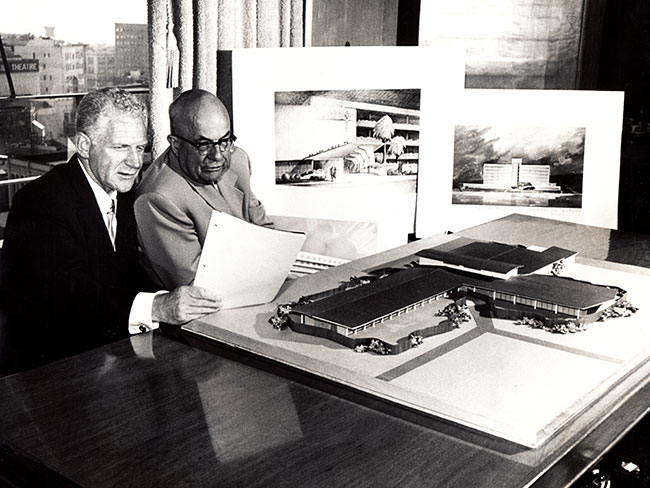
Dr. Garfield (left) and Kaiser review hospital plans in 1953. On the table is a model of the innovative Walnut Creek Hospital, which featured bedside push-button consoles for patients and an advanced surgical suite.
1981 to present: Dr. Garfield’s legacy of total health
In 1981, Dr. Garfield launched a new project with strong ties to the fundamental idea that helped launch Kaiser Permanente ― the belief that health care should keep people healthy and not just treat them when they’re sick or injured. His new endeavor became known as the Total Health Care Project.
The project addressed a mismatch in the health care system. More people were becoming health-conscious, but the health care system still focused primarily on illness. Dr. Garfield’s project was a long-term study using information gathered by his team.
The team asked health plan members to volunteer for a health assessment. By gathering answers to health questions over each member’s lifetime, Dr. Garfield hoped to develop a balanced spectrum of health care services.
Dr. Garfield died in 1984 before the Total Health Care Project finished. But his bold ideas would take another form at Kaiser Permanente decades later.
Our 2004 ad campaign focused on the term “total health,” evolving it further from Dr. Garfield’s original vision. Total health now included care that considers all aspects of a person's state of being — body, mind, and spirit.
That same year, we launched our Total Health programs. The programs encouraged members to walk daily and be active. They also asked members to take health assessments and join health education classes.
Dr. Garfield’s lifetime dedication to improving health care in America had lasting impacts on the total health of Kaiser Permanente members and the people in our communities. His efforts continue to influence our work and support our mission today.
-
Social Share
- Share Sidney R. Garfield, MD: Pioneer in Modern American Health Care on Pinterest
- Share Sidney R. Garfield, MD: Pioneer in Modern American Health Care on LinkedIn
- Share Sidney R. Garfield, MD: Pioneer in Modern American Health Care on Twitter
- Share Sidney R. Garfield, MD: Pioneer in Modern American Health Care on Facebook
- Print Sidney R. Garfield, MD: Pioneer in Modern American Health Care
- Email Sidney R. Garfield, MD: Pioneer in Modern American Health Care
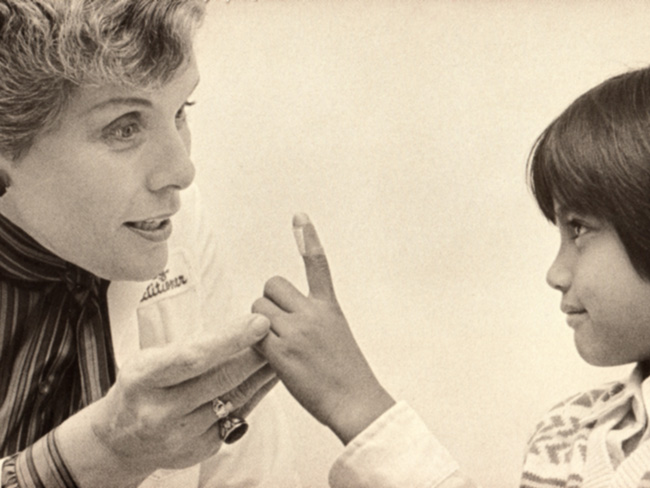
April 30, 2025
A history of trailblazing nurses
Nursing pioneers lay the foundation for the future of Kaiser Permanente …
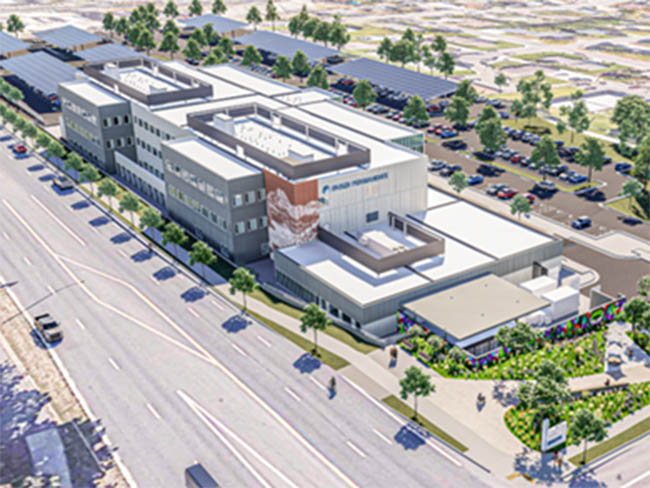
September 19, 2024
First look at new Lakewood facilities
New medical offices will enhance the health care experience for members …
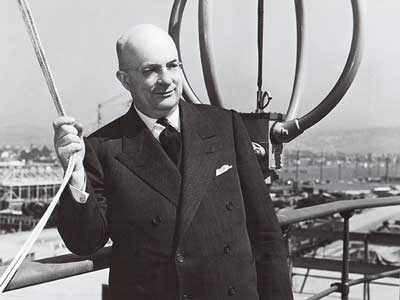
May 3, 2024
Henry J. Kaiser: America’s health care visionary
Kaiser was a major figure in the construction, engineering, and shipbuilding …
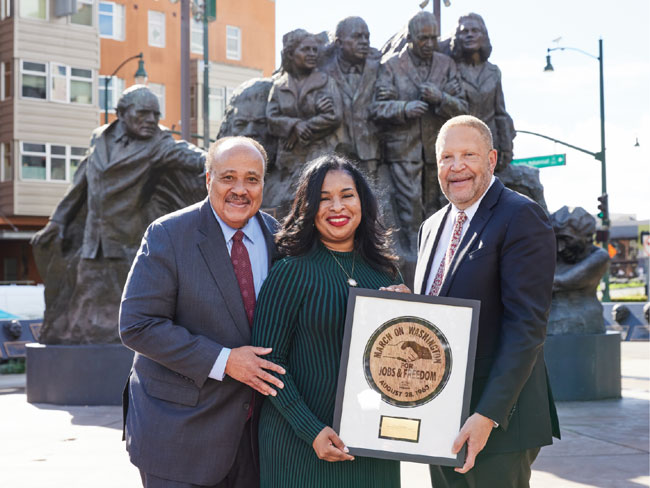
April 8, 2024
Martin Luther King Jr.’s dream is alive at Kaiser Permanente
Greg A. Adams, chair and chief executive officer of Kaiser Permanente, …
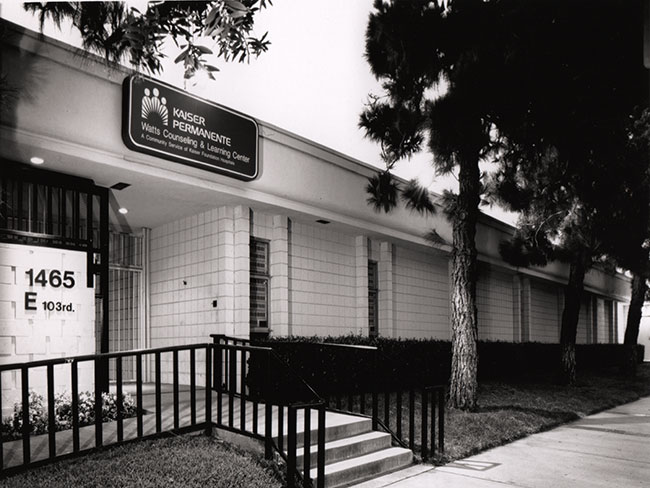
February 13, 2024
A legacy of life-changing community support and partnership
The Kaiser Permanente Watts Counseling and Learning Center started as a …
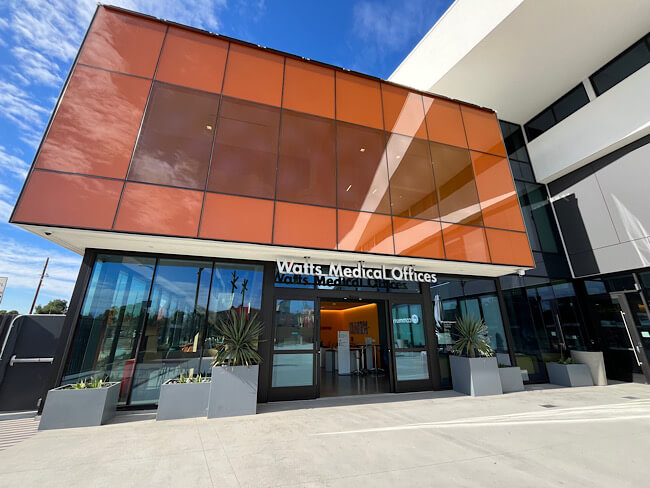
February 2, 2024
Expanding medical, social, and educational services in Watts
Kaiser Permanente opens medical offices and a new home for the Watts Counseling …
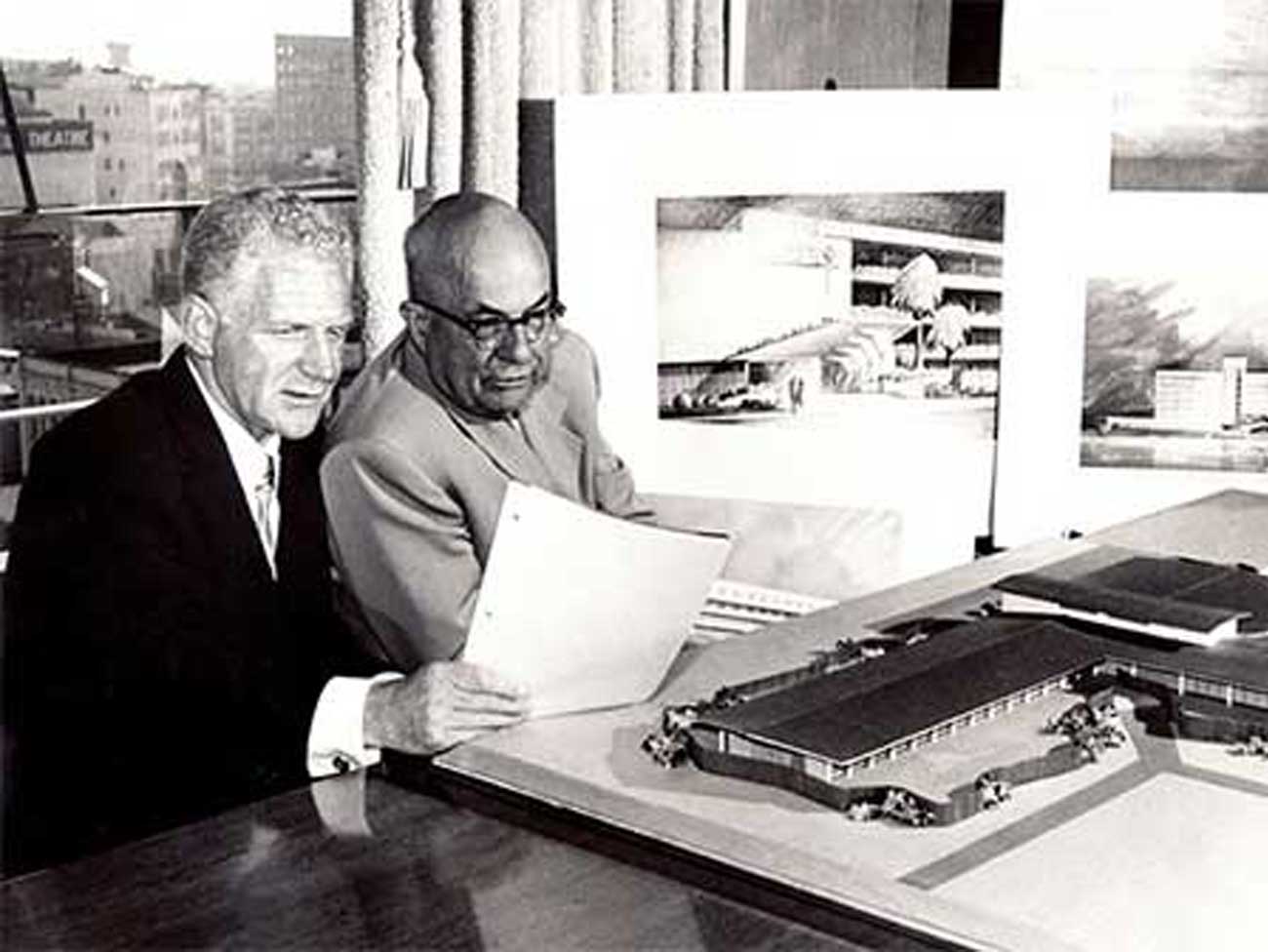
October 17, 2023
How Kaiser Permanente evolved
Sidney R. Garfield, MD, and Henry J. Kaiser came together to pioneer an …
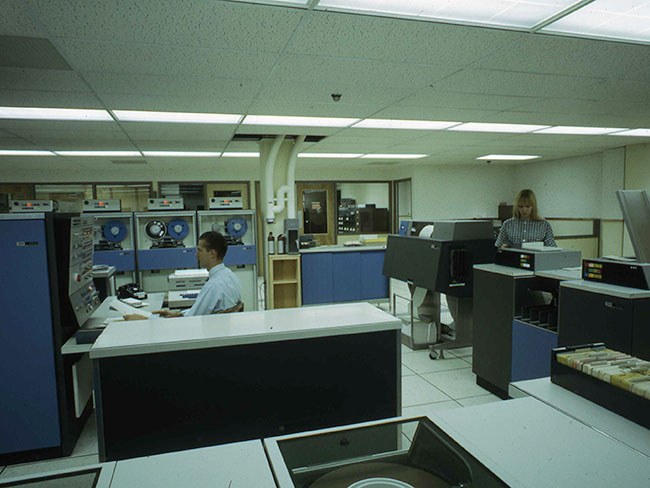
September 13, 2023
Transforming the medical record
Kaiser Permanente’s adoption of disruptive technology in the 1970s sparked …
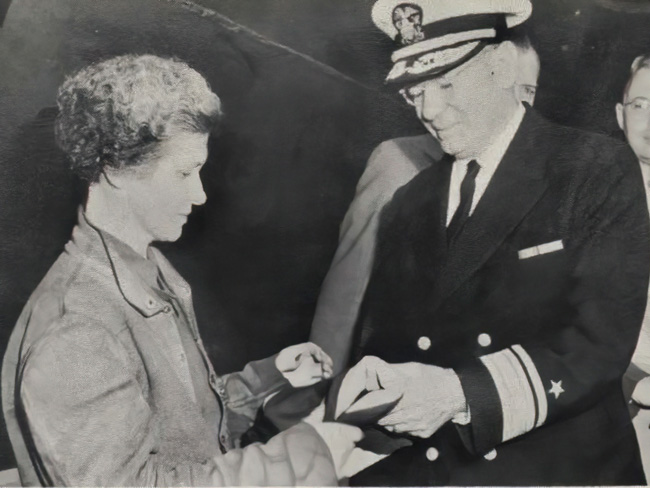
May 2, 2023
Women lead an industrial revolution at the Kaiser Shipyards
Early women workers at the Kaiser shipyards diversified home front World …
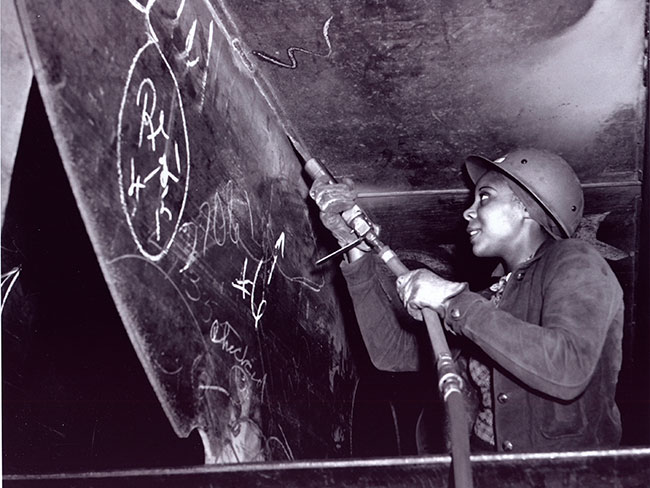
April 25, 2023
Hannah Peters, MD, provides essential care to ‘Rosies’
When thousands of women industrial workers, often called “Rosies,” joined …
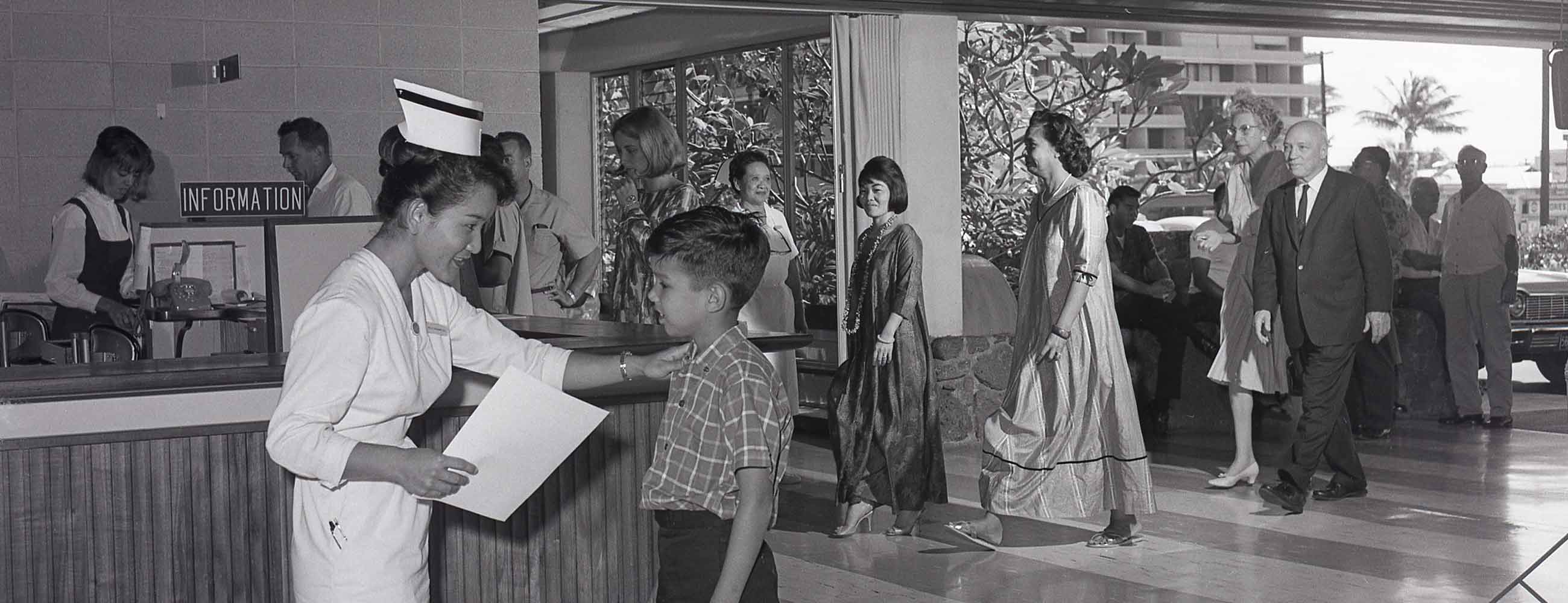
November 11, 2022
A history of leading the way
For over 75 innovative years, we have delivered high-quality and affordable …
November 11, 2022
Pioneers and groundbreakers
Learn about the trailblazers from Kaiser Permanente who shaped our legacy …
November 11, 2022
Our integrated care model
We’re different than other health plans, and that’s how we think health …
November 11, 2022
Our history
Kaiser Permanente’s groundbreaking integrated care model has evolved through …
October 14, 2022
Contact Heritage Resources

October 6, 2022
We’re a Fast Company Innovation by Design winner
Kaiser Permanente is the first health care organization to win Design Company …
October 1, 2022
Innovation and research
Learn about our rich legacy of scientific research that spurred revolutionary …
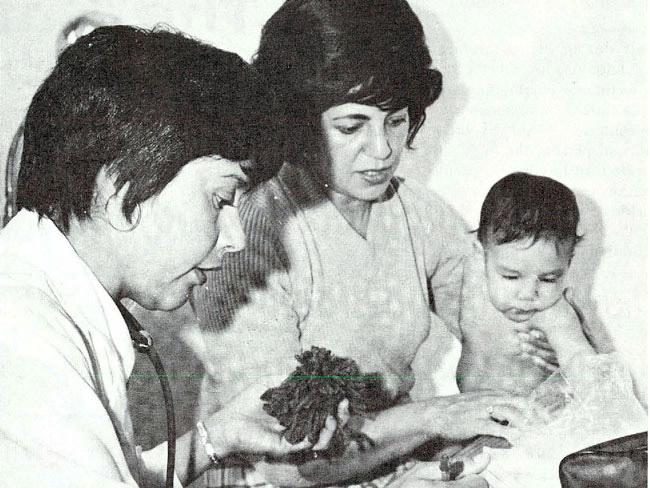
May 26, 2022
Nurse practitioners: Historical advances in nursing
A doctor shortage in the late 1960s and an innovative partnership helped …
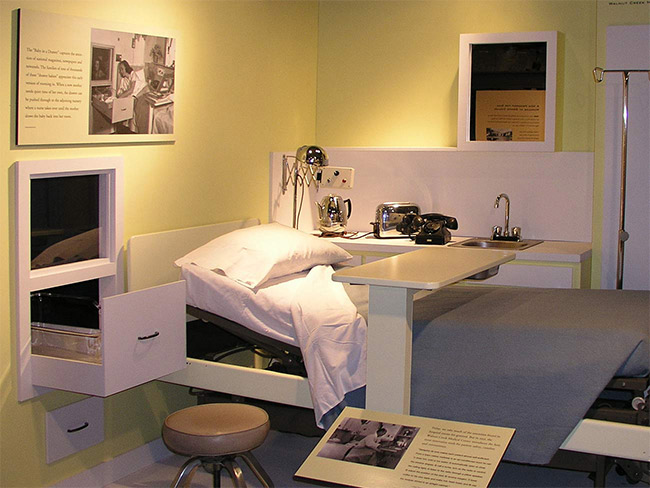
September 10, 2021
‘Baby in the drawer’ helped turn the tide for breastfeeding
This innovation in rooming-in allowed newborns to stay close to mothers …
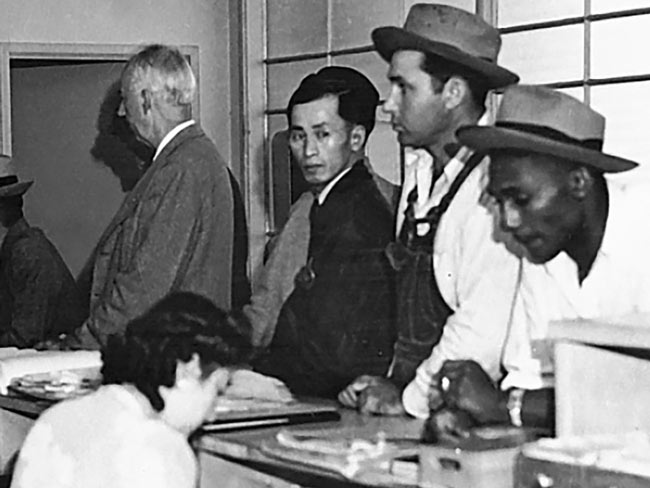
August 25, 2021
Kaiser Permanente’s history of nondiscrimination
Our principles of diversity and our inclusive care began during World War …
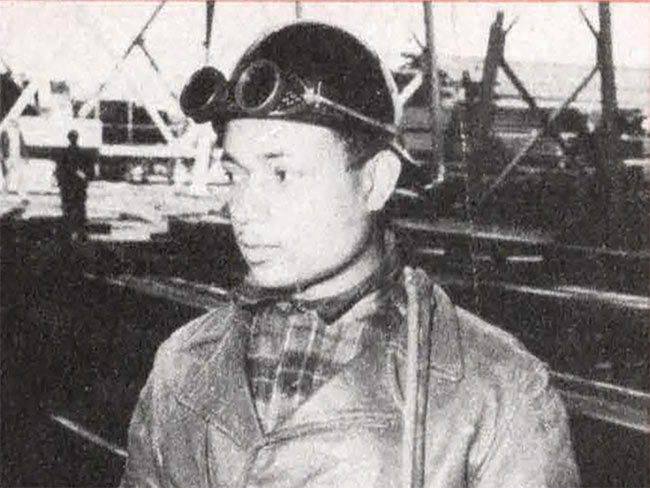
July 22, 2021
A long history of equity for workers with disabilities
In Henry J. Kaiser’s shipyards, workers were judged by their abilities, …
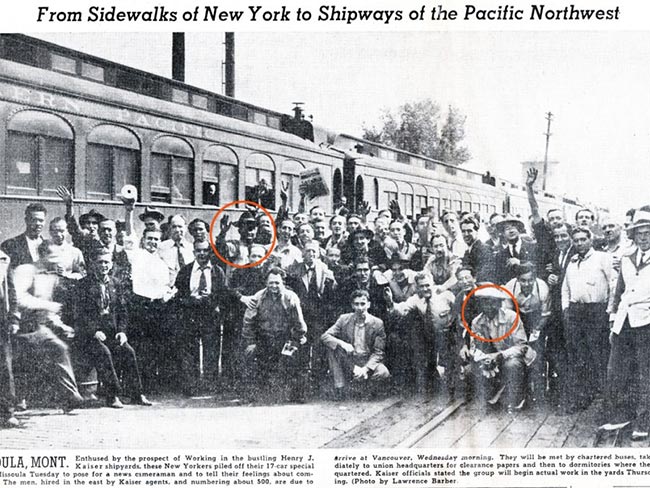
June 2, 2021
Path to employment: Black workers in Kaiser shipyards
Kaiser Permanente, Henry J. Kaiser’s sole remaining institutional legacy, …
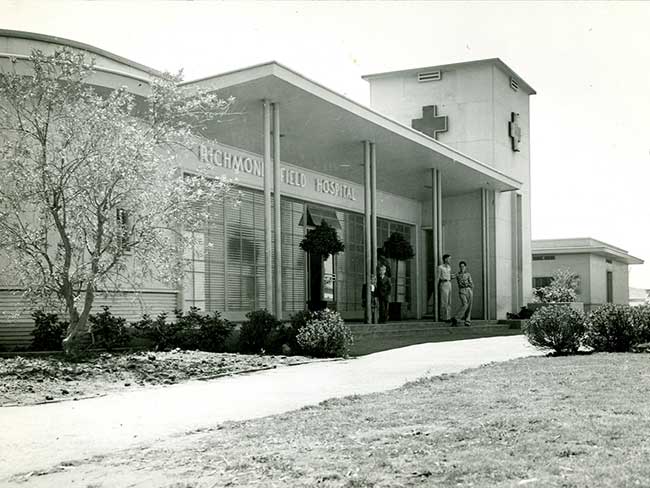
February 22, 2021
The Permanente Richmond Field Hospital
Forlorn and all but forgotten, it played a proud role during the World …

September 28, 2020
A legacy of disruptive innovation
Proceeds from a new book detailing the history of the Kaiser Foundation …
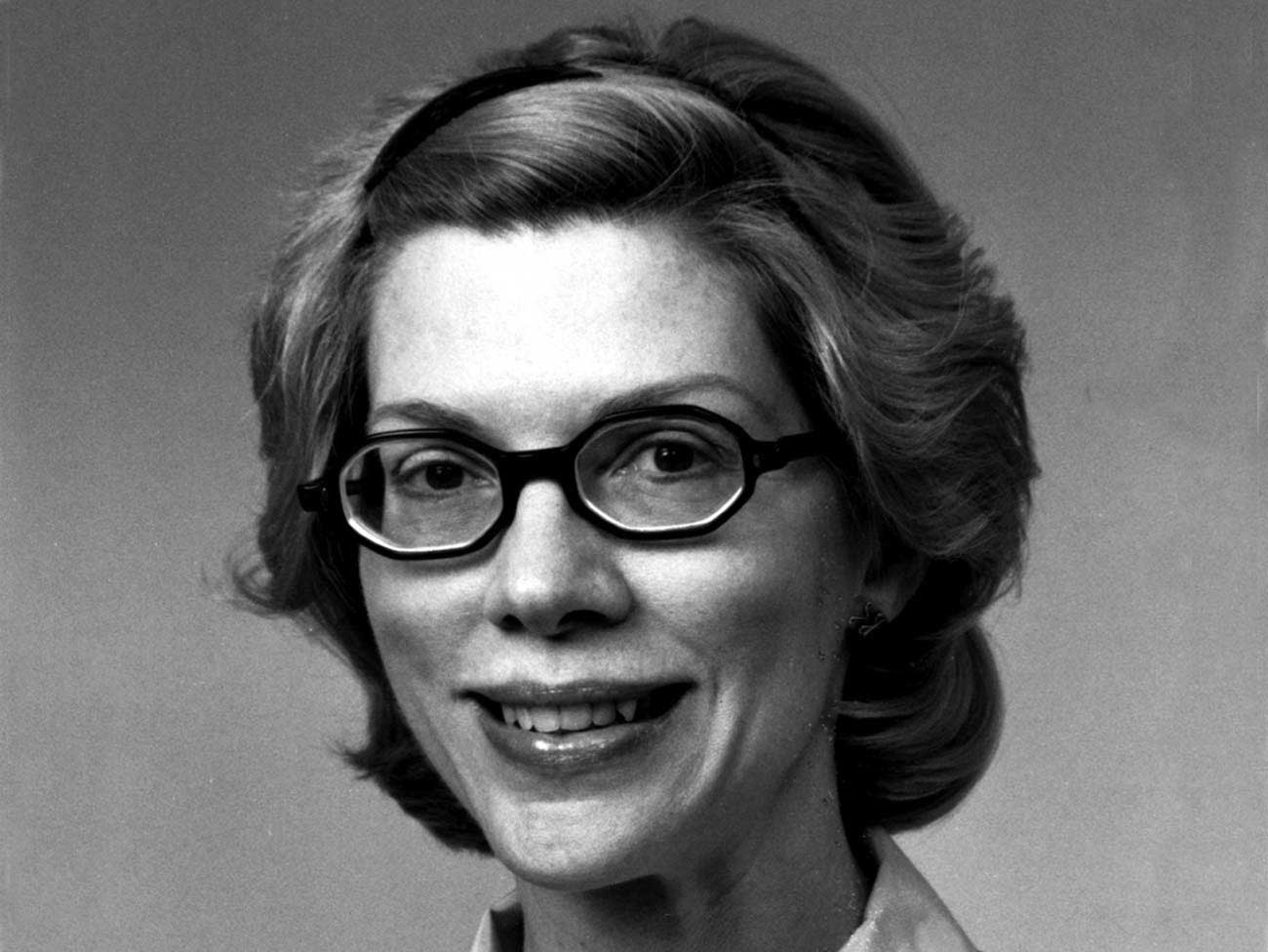
August 26, 2020
Kaiser Permanente’s pioneering nurse-midwives
The 1970s nurse-midwife movement transformed delivery practices.
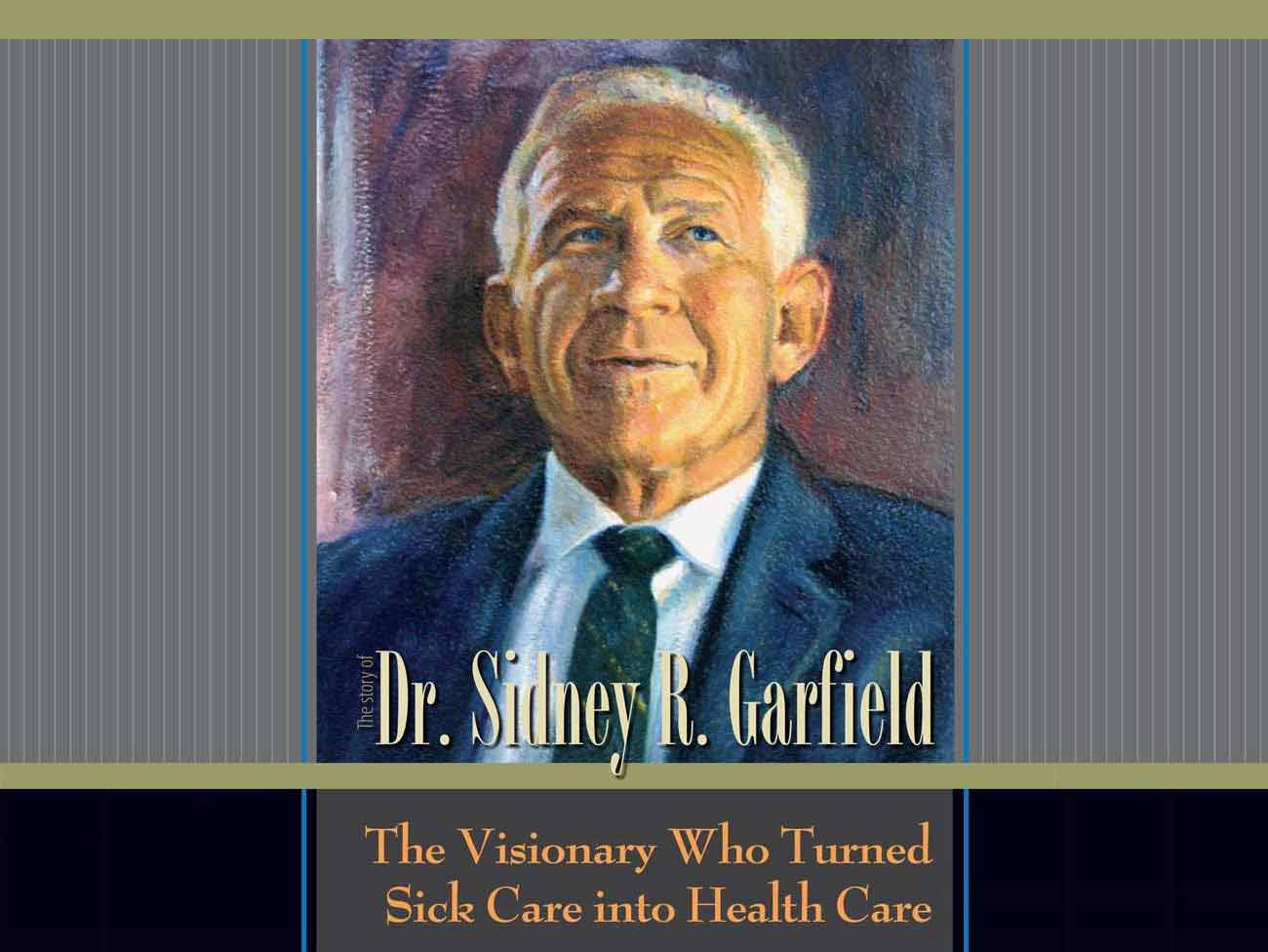
July 30, 2020
Books and publications about our history
Interested in learning more about the history of Kaiser Permanente and …
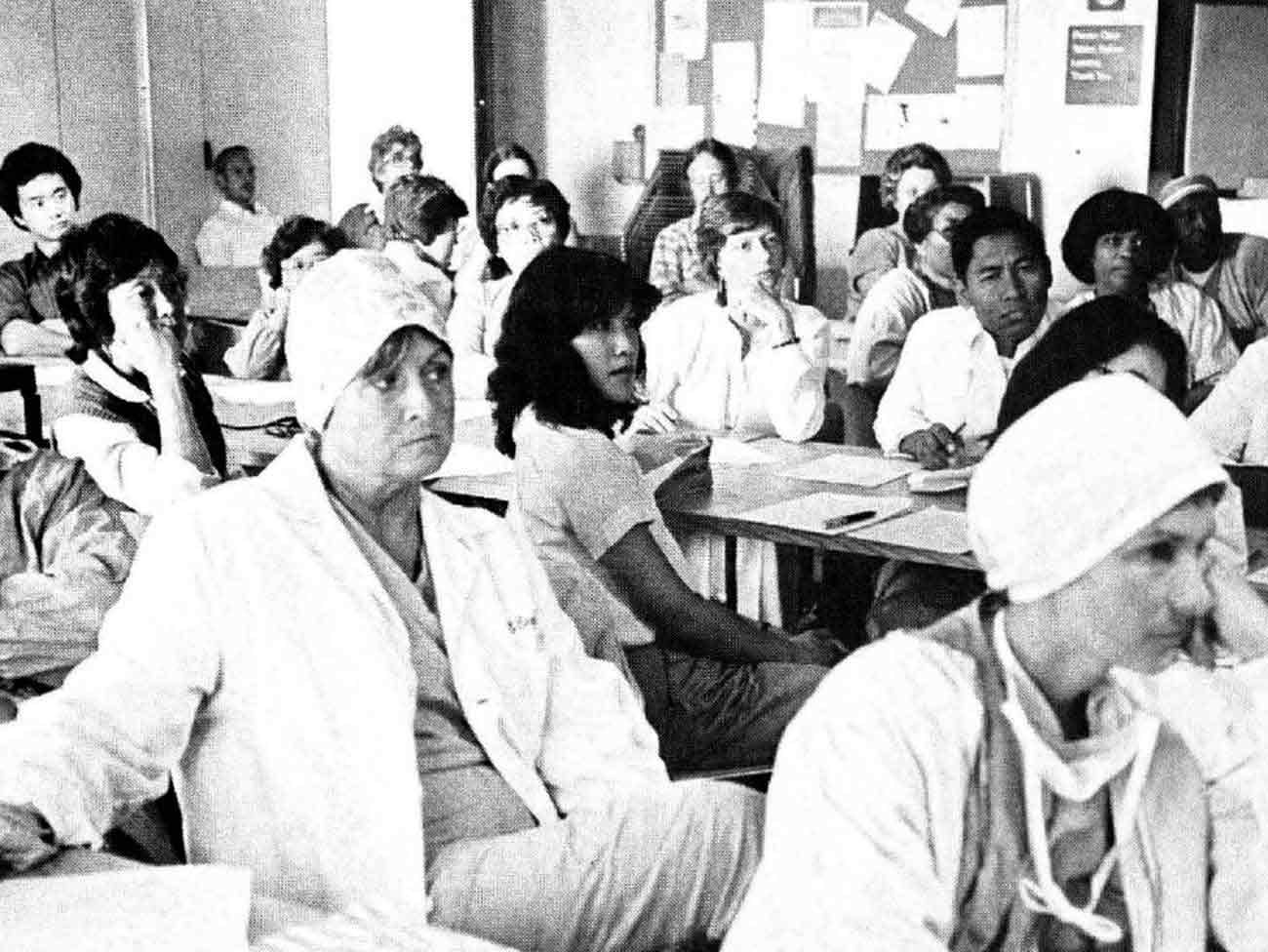
May 18, 2020
Nurses step up in crises
Kaiser Permanente nurses have been saving lives on the front lines since …
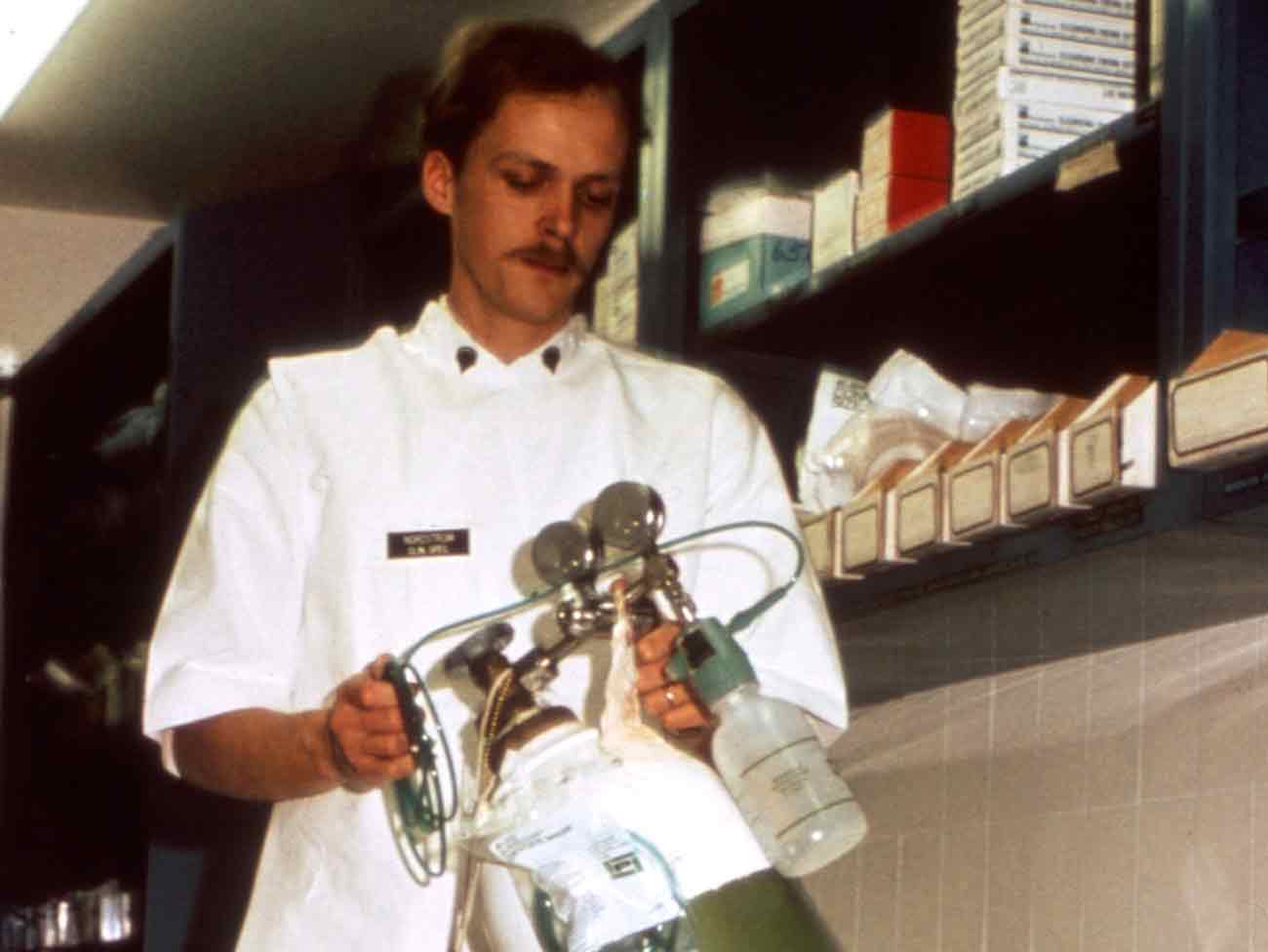
November 8, 2019
Swords into stethoscopes — veterans in health professions
Kaiser Permanente has actively hired veterans in all capacities since World …
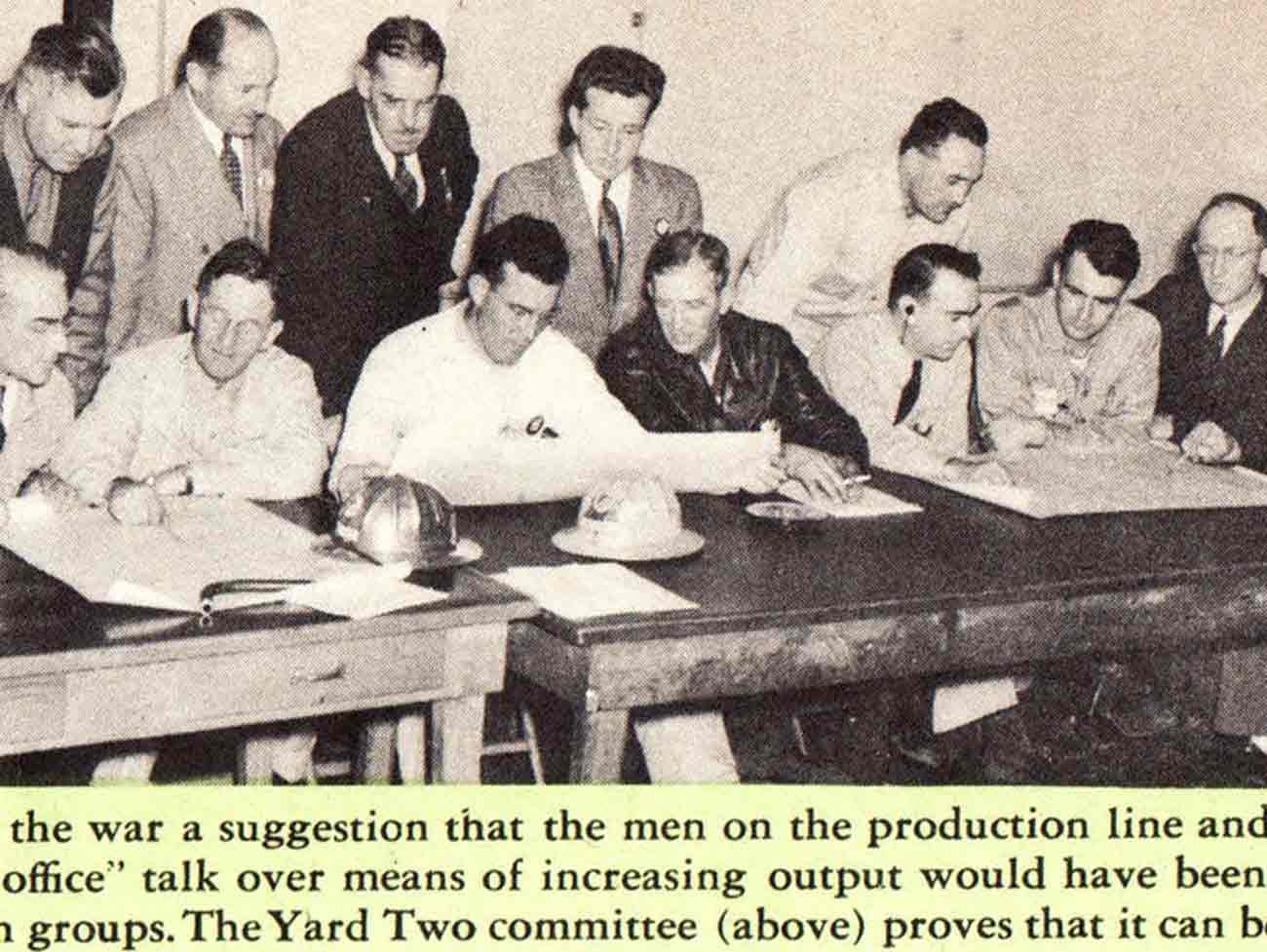
August 28, 2019
When labor and management work side by side
From war-era labor-management committees to today’s unit-based teams, cooperation …
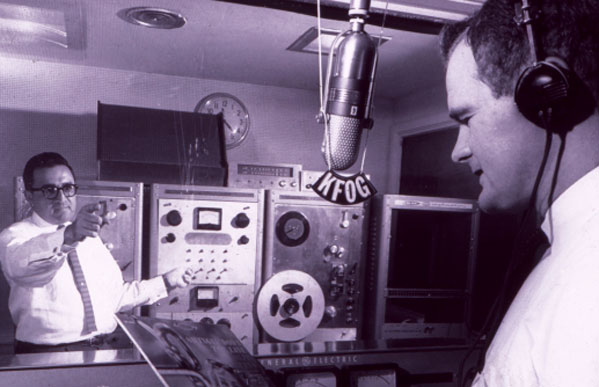
August 2, 2019
Thriving with 1960s-launched KFOG radio
Kaiser Broadcasting radio connected listeners, while TV stations brought …
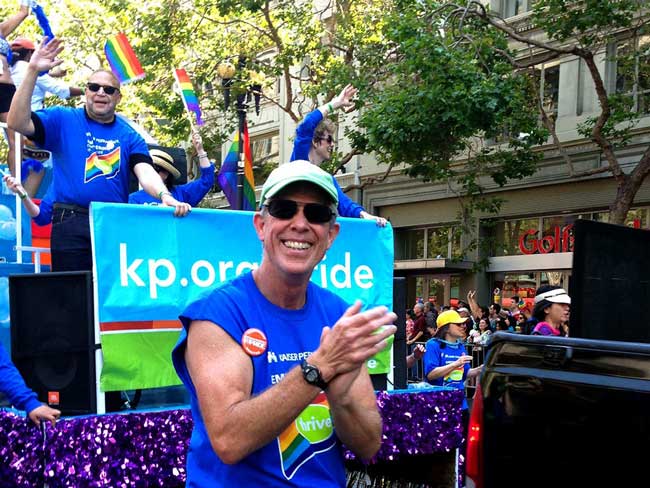
June 5, 2019
Breaking LGBT barriers for Kaiser Permanente employees
“We managed to ultimately break through that barrier.” — Kaiser Permanente …
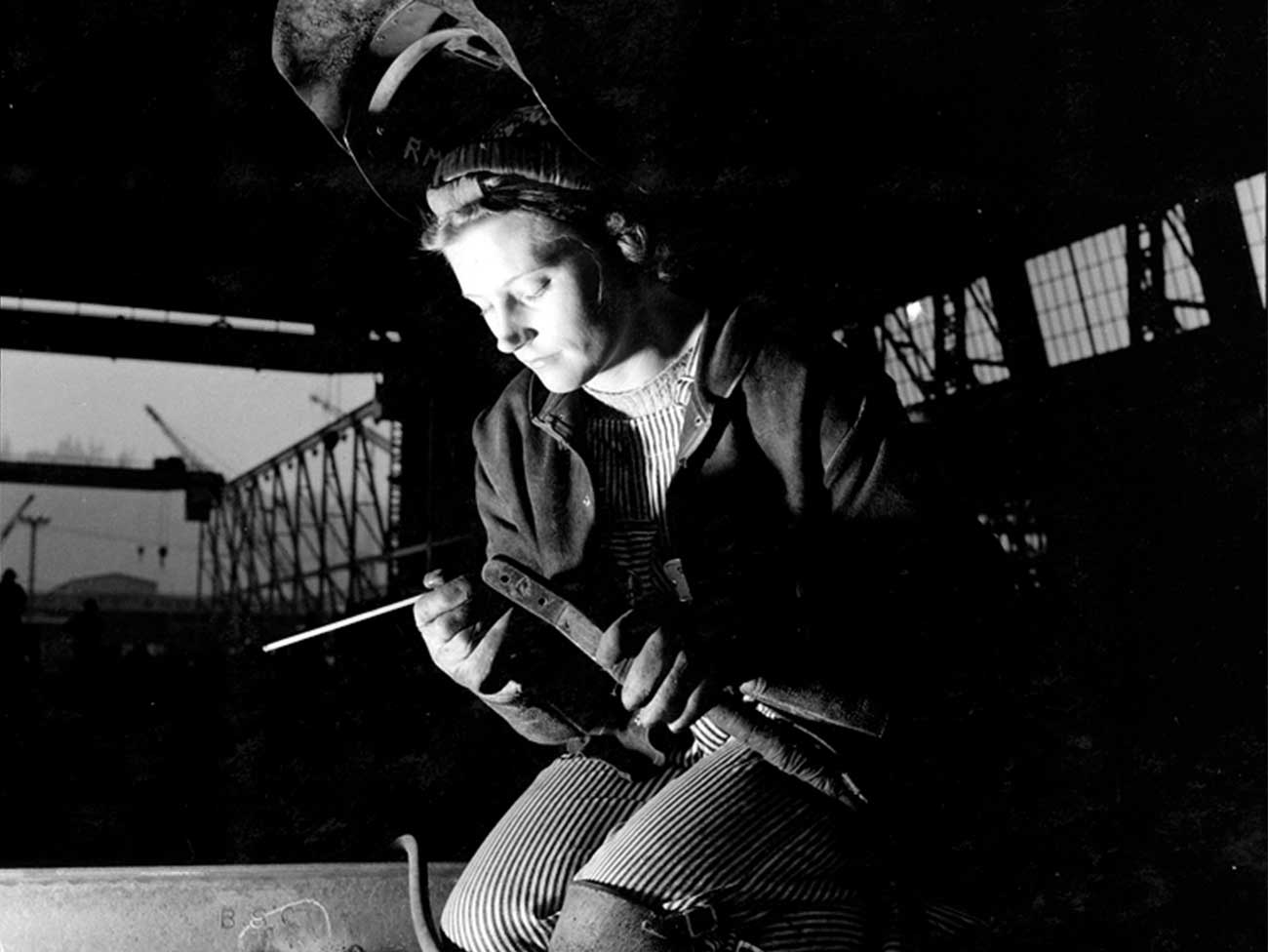
March 29, 2019
Equal pay for equal work
Kaiser shipyards in Oregon hired the first 2 female welders at equal pay …
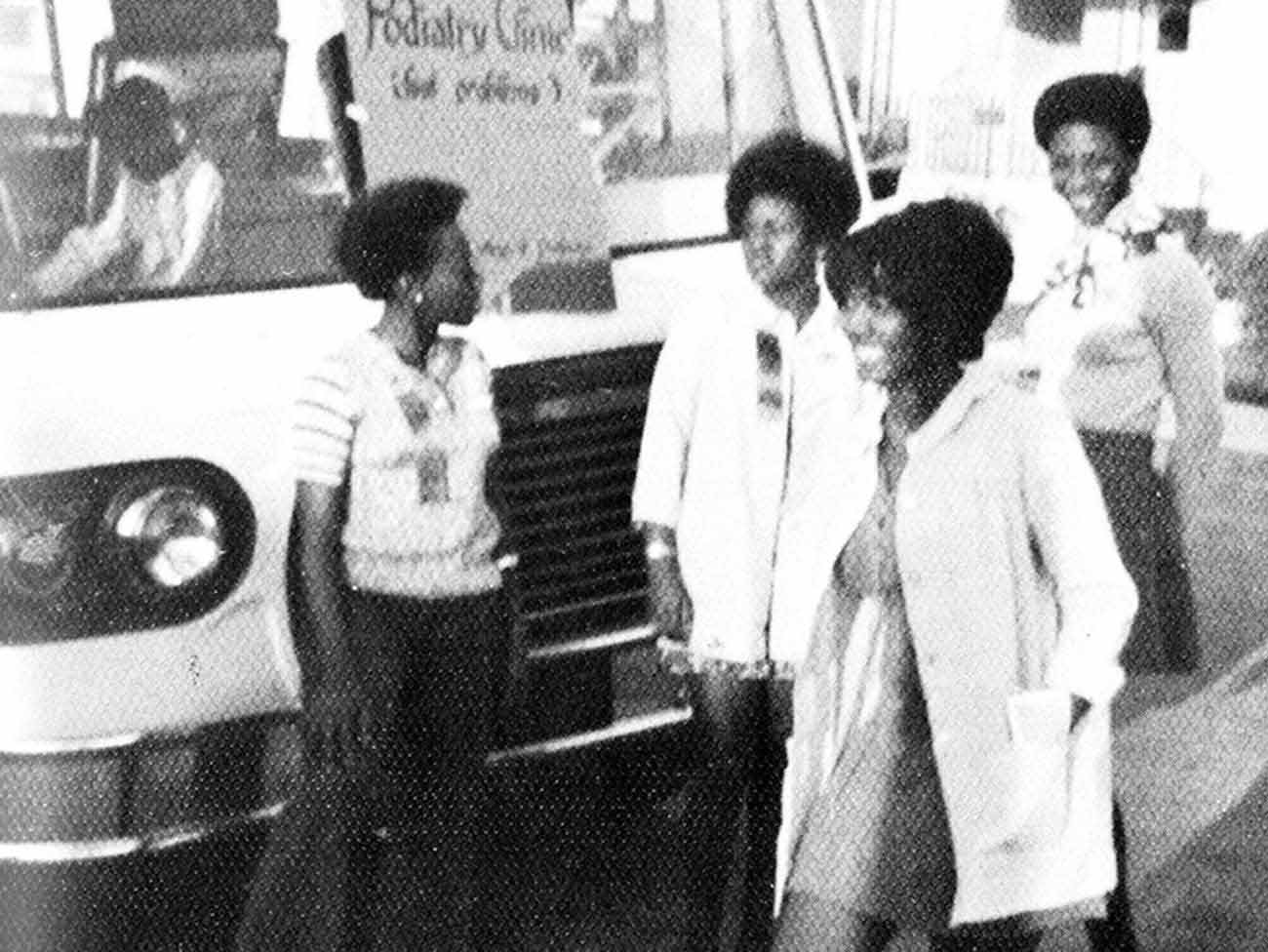
February 5, 2019
Mobile clinics: 'Health on wheels'
Kaiser Permanente mobile health vehicles brought care to people, closing …
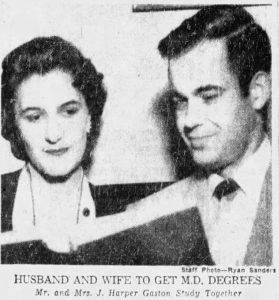
December 10, 2018
Southern comfort — Dr. Gaston and The Southeast Permanente Medical Group
Local Atlanta physicians built community relationships to start Kaiser …
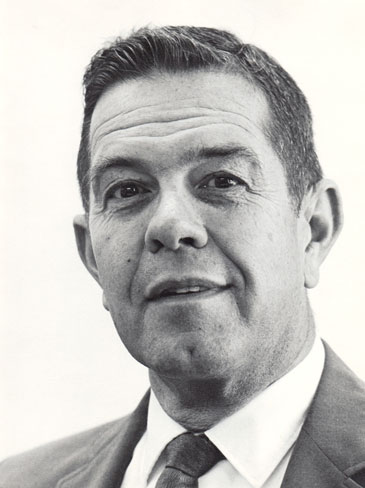
May 30, 2018
John Graham Smillie, MD, pediatrician and innovator
Celebrating the life of a pioneering pediatrician who inspired the baby …
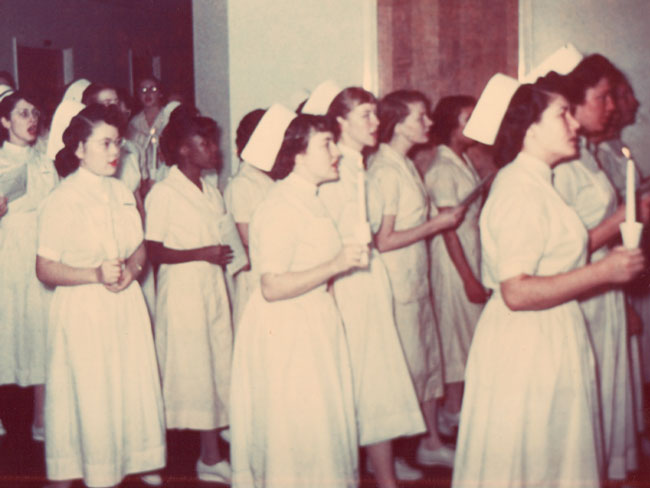
April 30, 2018
Nursing pioneers leads to a legacy of leadership
Kaiser Foundation School of Nursing students learned a new philosophy emphasizing …
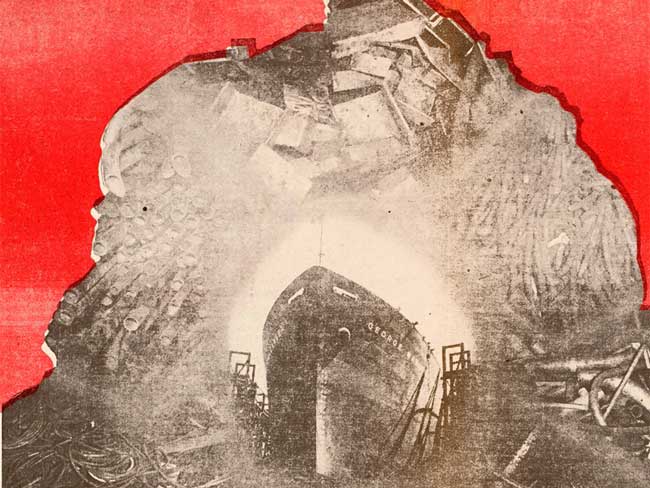
April 19, 2018
Wasting nothing: Recycling then and now
Environmentalism was a common practice at the Kaiser shipyards long before …
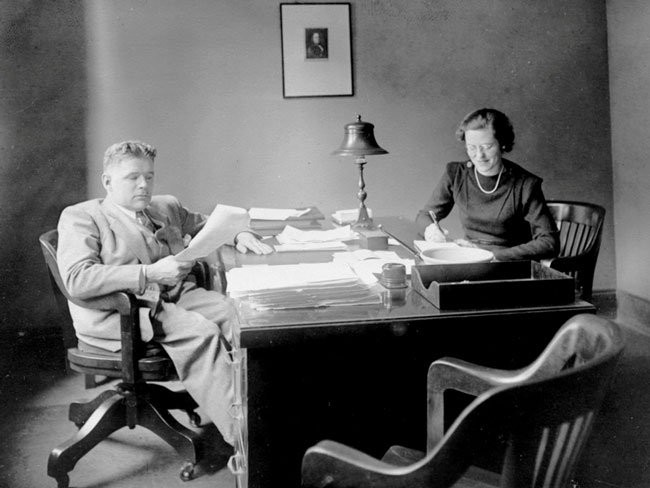
April 12, 2018
Harold Hatch, health insurance visionary
The founding of Kaiser Permanente's concept of prepaid health care in the …
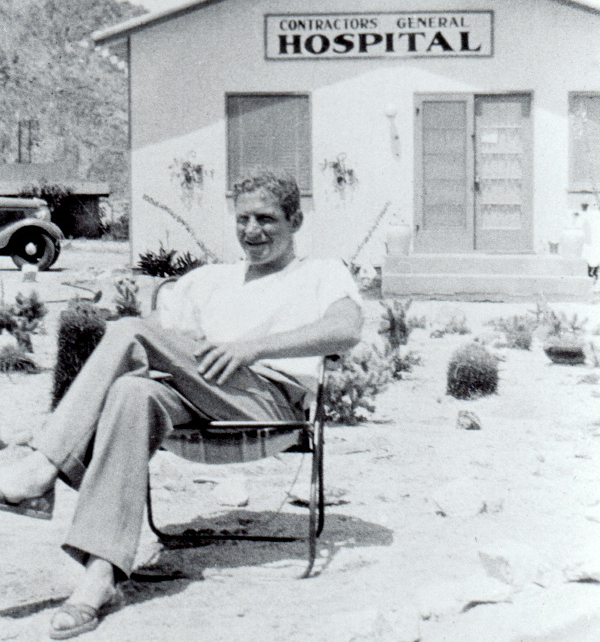
March 26, 2018
5 physicians who made a difference
Meet 5 outstanding doctors who advanced the practice of medical care with …
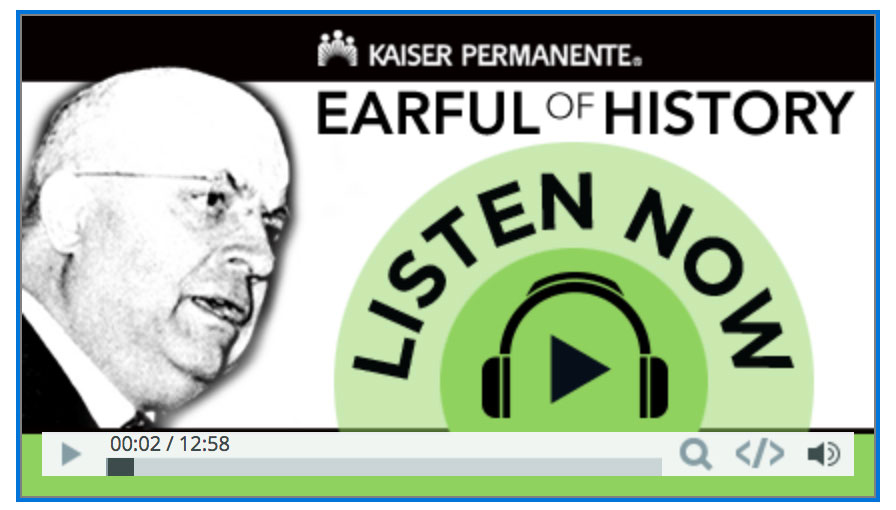
March 13, 2018
Henry J. Kaiser and the new economics of medical care
Kaiser Permanente’s co-founder talks about the importance of building hospitals …
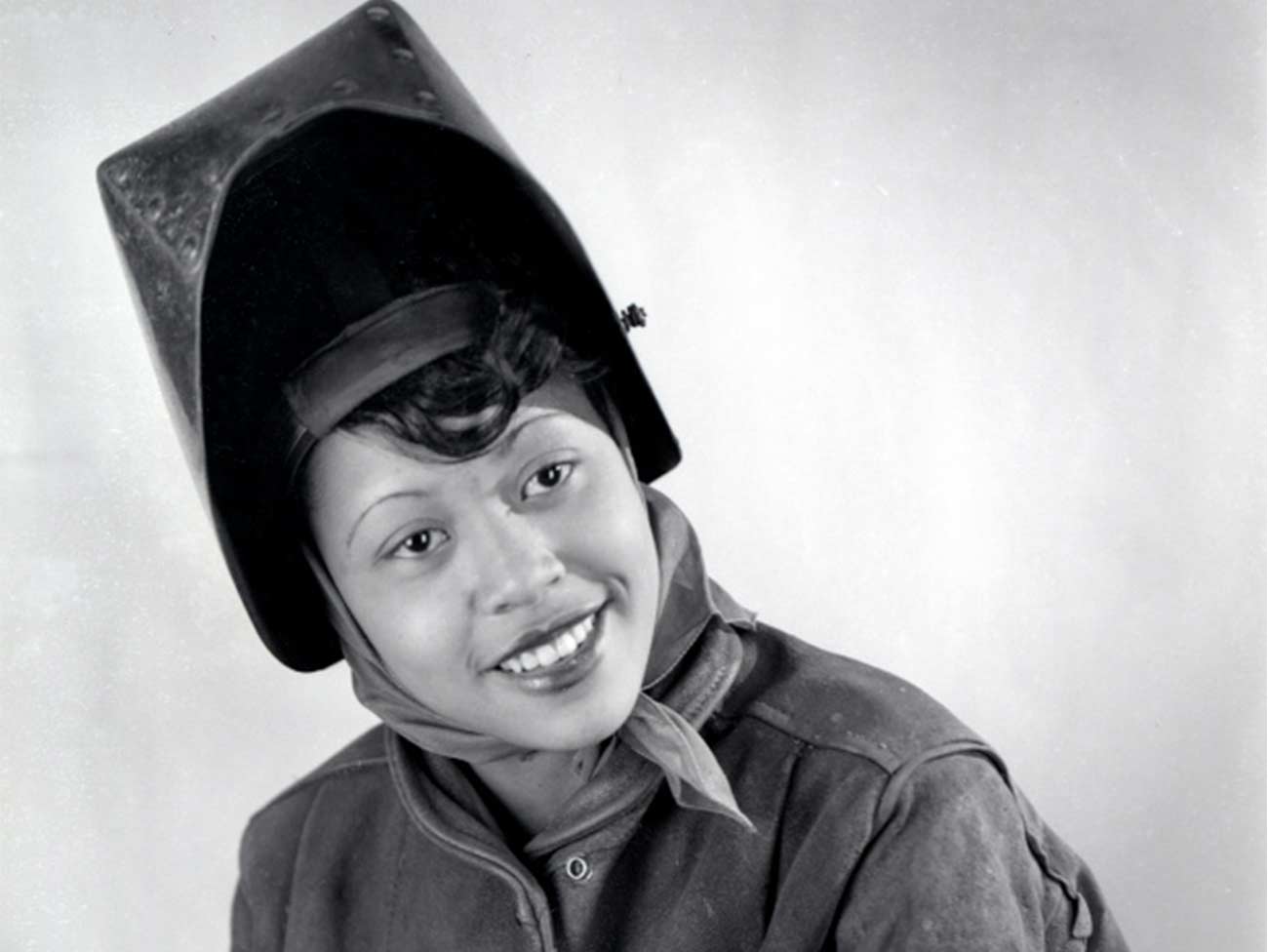
March 8, 2018
Slacks, not slackers — women’s role in winning World War II
Women who worked in the Kaiser shipyards helped lay the groundwork for …
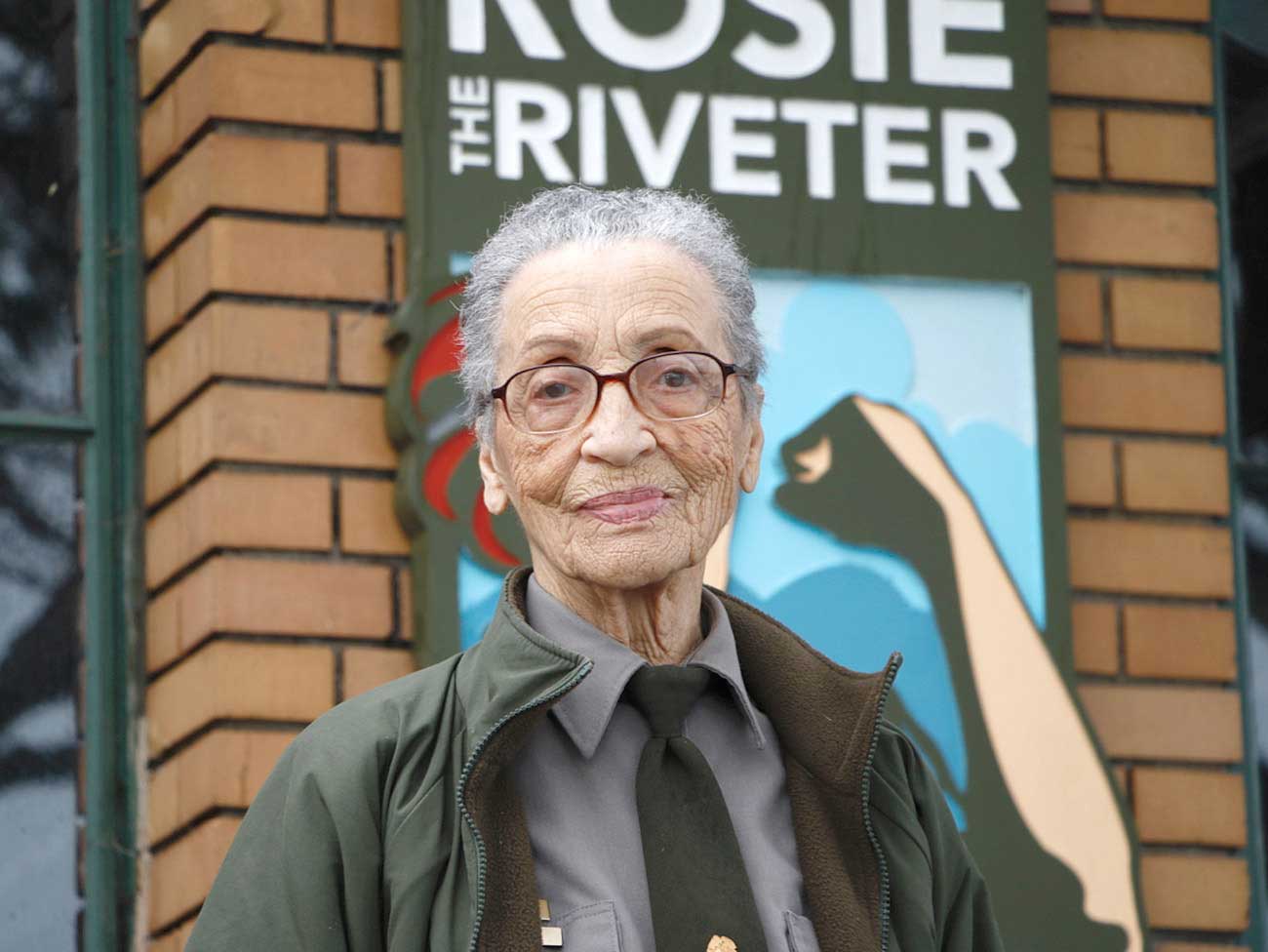
February 22, 2018
The amazing true story of Park Ranger Betty Reid Soskin
She is the oldest national park ranger in the country with a legacy of …
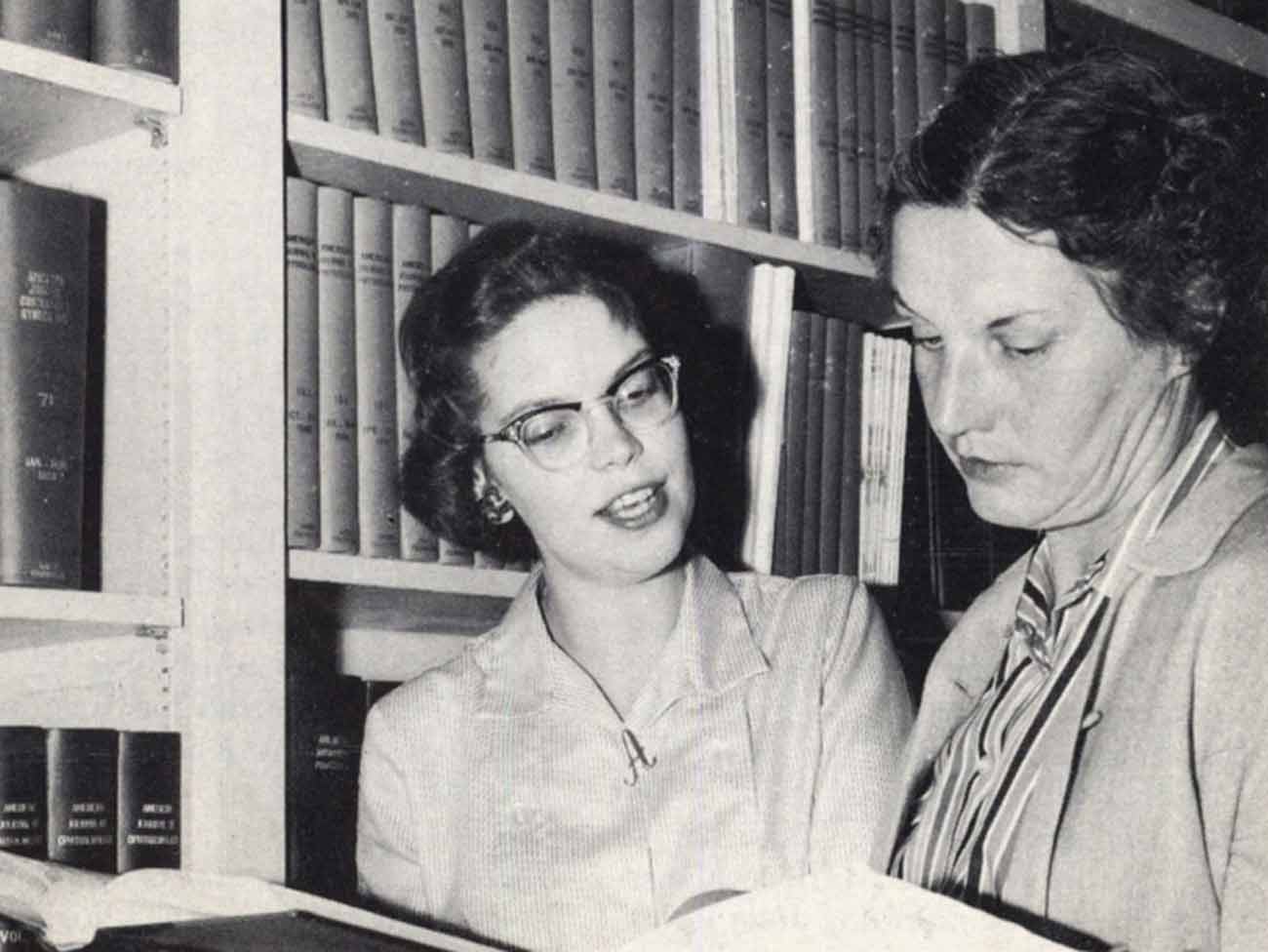
December 19, 2017
From boats to books: A history of Kaiser Permanente’s medical libraries
Kaiser Permanente librarians are vital in helping clinicians remain updated …
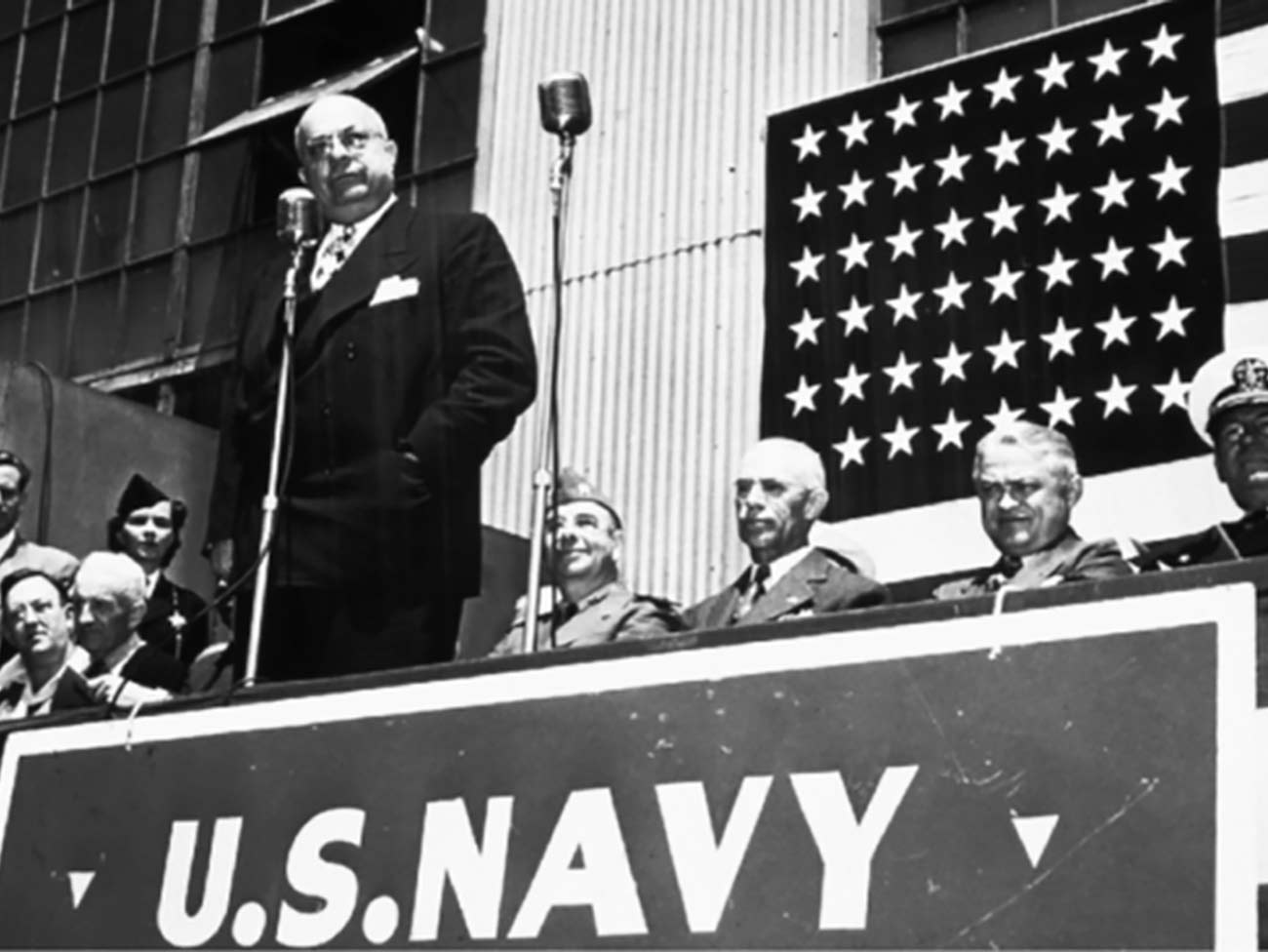
November 7, 2017
Patriot in pinstripes: Honoring veterans, home front, and peace
Henry J. Kaiser's commitment to the diverse workforce on the home front …

October 12, 2017
An experiment named Fabiola
Health care takes root in Oakland, California.
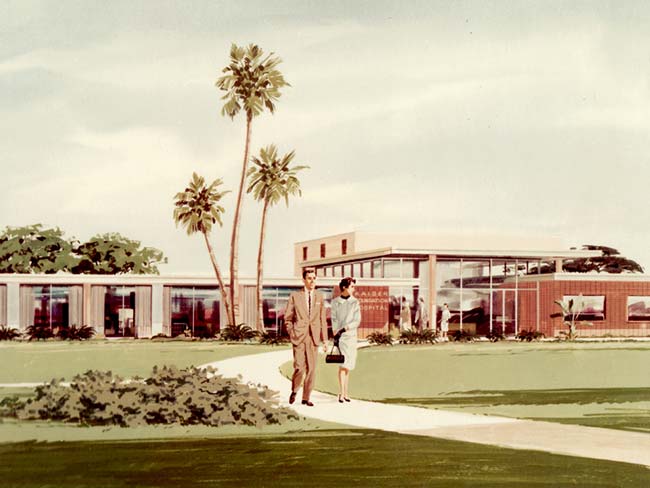
September 29, 2017
Harbor City Hospital: Beachhead for labor health care
The story of Kaiser Permanente's South Bay Medical Center finds its roots …

August 15, 2017
Sidney R. Garfield, MD, on medical care as a right
Hear Kaiser Permanente’s physician co-founder talk about what he learned …
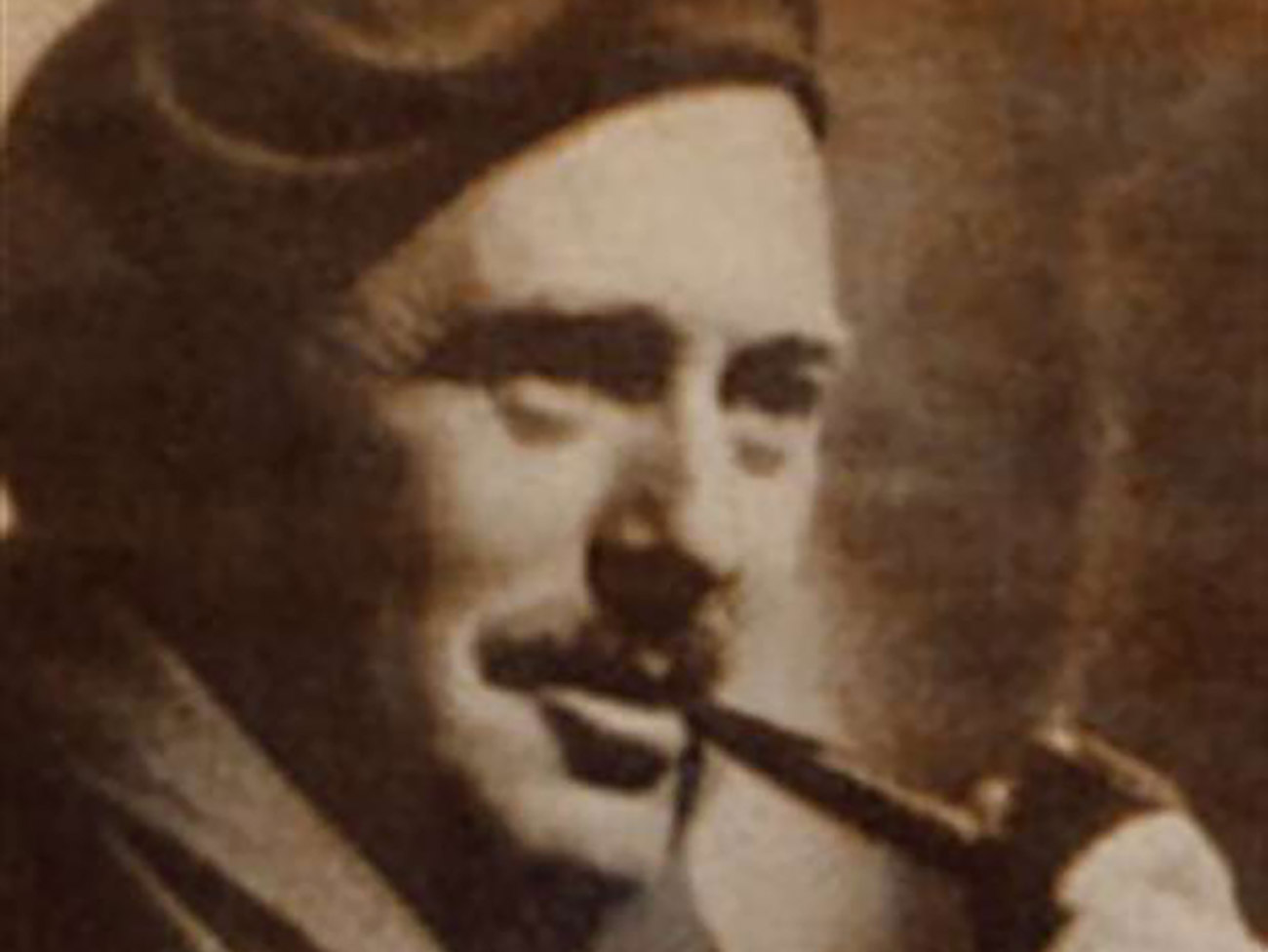
August 10, 2017
‘Good medicine brought within reach of all'
Paul de Kruif, microbiologist and writer, provides early accounts of Kaiser …

July 14, 2017
Kaiser’s role in building an accessible transit system
Harold Willson, an employee, and an advocate for accessible transportation, …
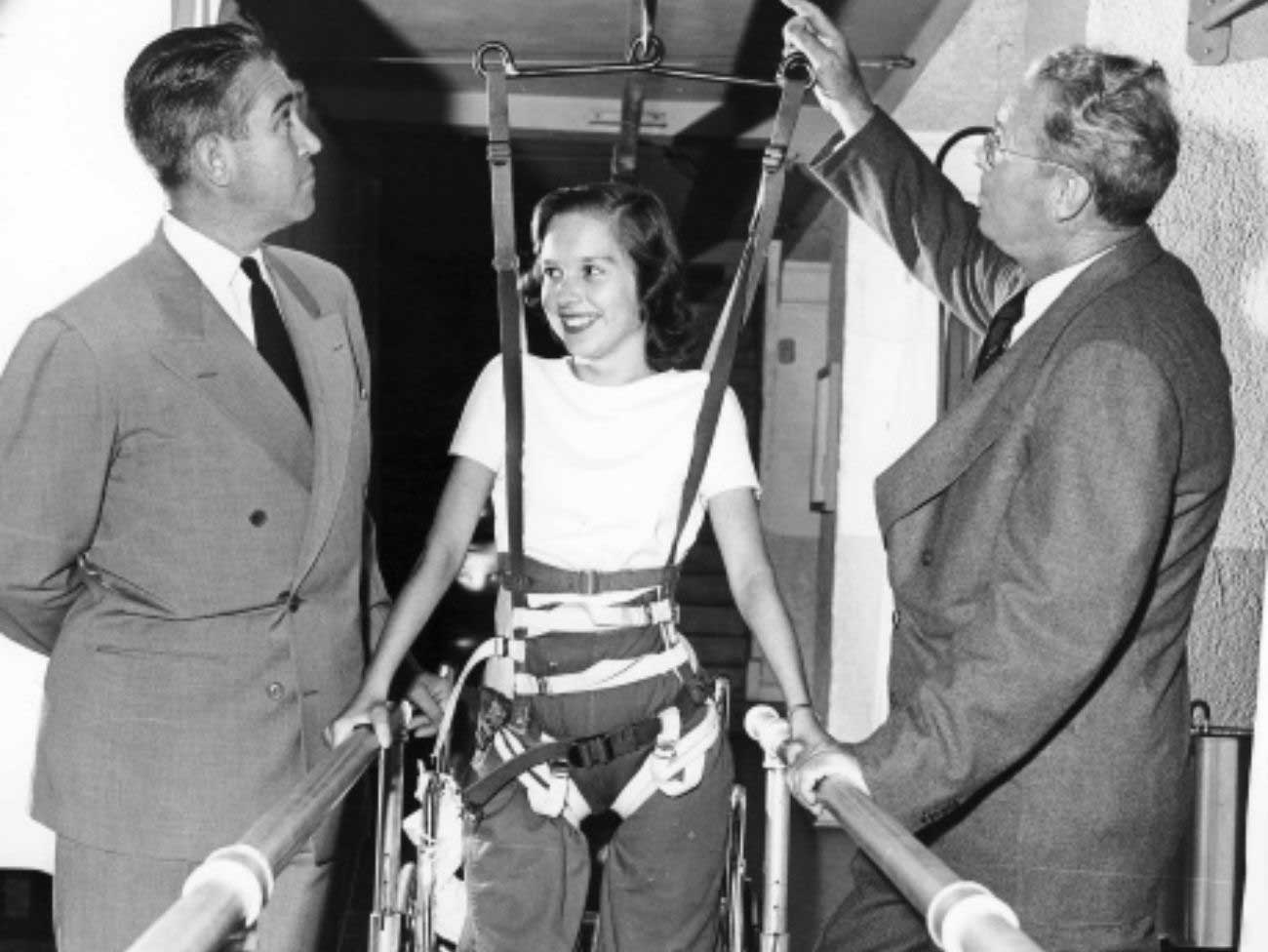
July 7, 2017
Mending bodies and minds — Kabat-Kaiser Vallejo
The expanded new location provided care to a greater population of members …
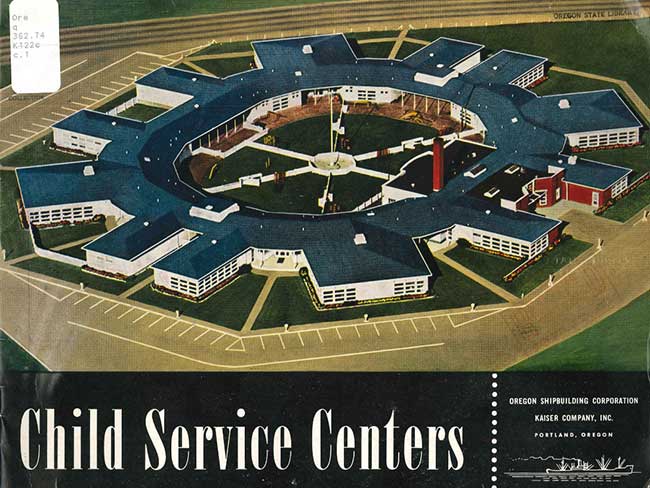
June 23, 2017
No getting round it: An innovative approach to building design
Kaiser Permanente incorporated innovative circular architectural designs …
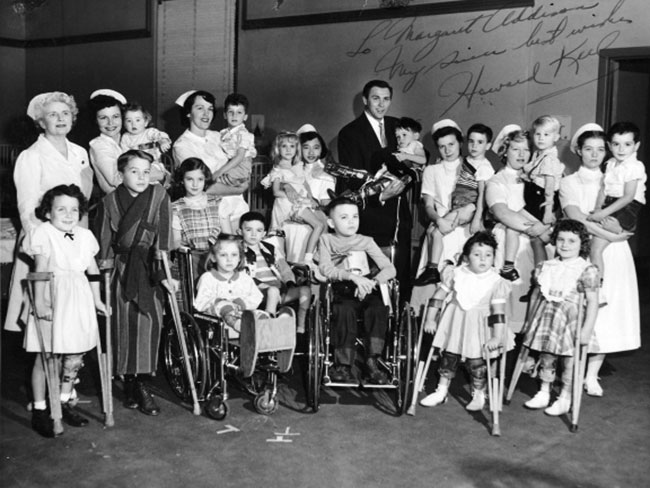
June 14, 2017
Kabat-Kaiser: Improving quality of life through rehabilitation
When polio epidemics erupted, pioneering treatments by Dr. Herman Kabat …
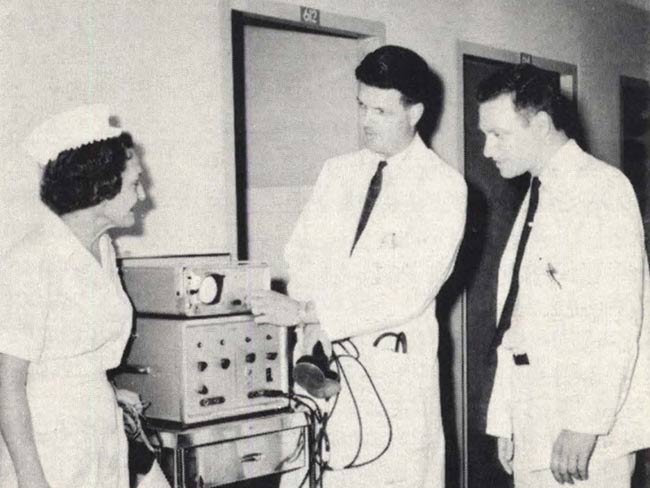
June 9, 2017
Edmund (Ted) Van Brunt, pioneer of electronic health records, dies at age …
Throughout his career, Dr. Van Brunt applied computers and databases in …

May 4, 2017
How a Kaiser Permanente nurse transformed health education
Kaiser Permanente's Health Education Research Center and Health Education …

March 22, 2017
Kaiser Permanente and Group Health Cooperative: Working together since …
The formation of Kaiser Permanente Washington comes from longstanding collaboration, …
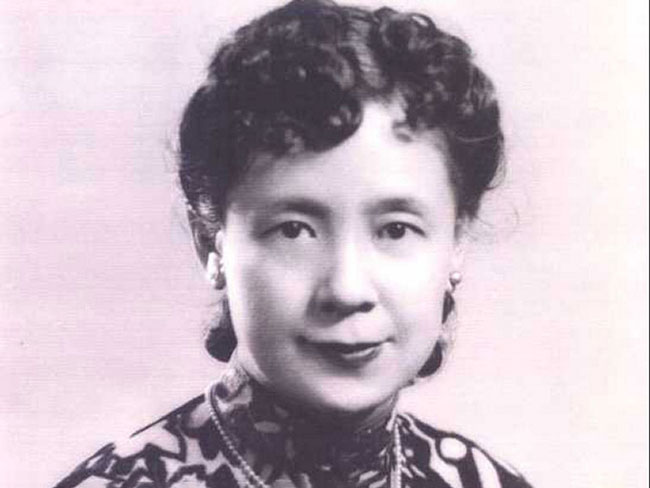
March 7, 2017
Beatrice Lei, MD: From Shantou, China, to Richmond, California
She served as a role model and inspiration to the women physicians and …
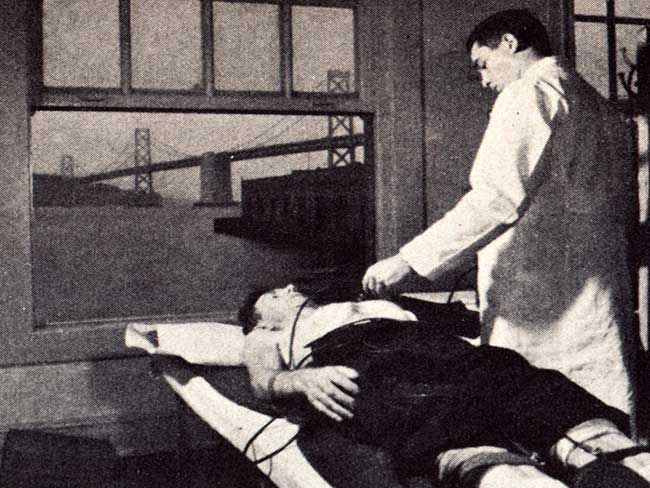
March 1, 2017
Screening for better health: Medical care as a right
When industrial workers joined the health plan, an integrated battery of …
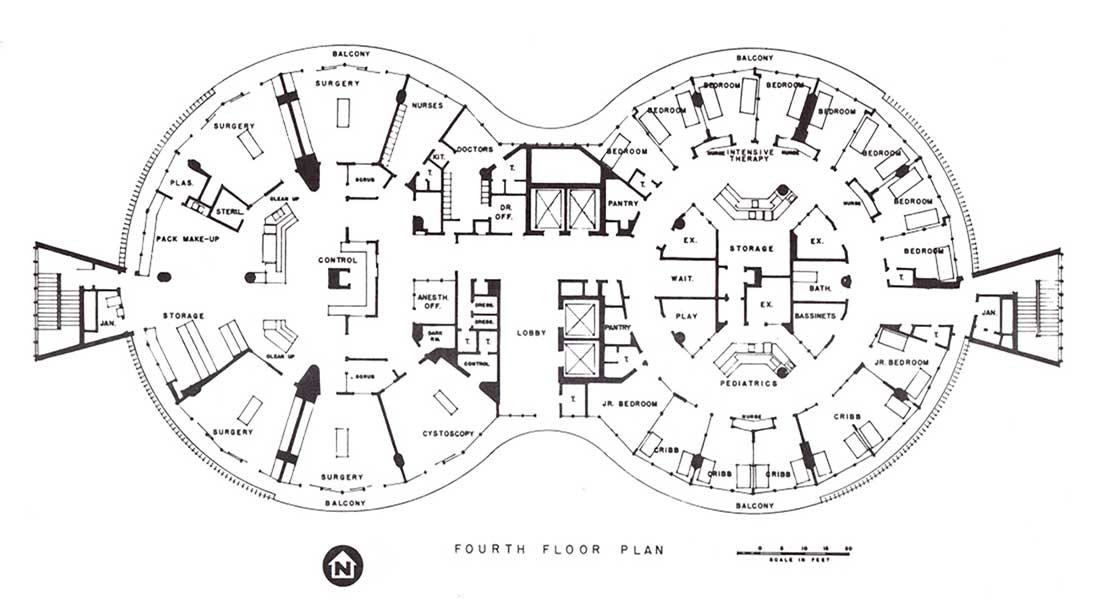
February 17, 2017
Experiments in radial hospital design
The 1960s represented a bold step in medical office architecture around …

February 3, 2017
Ellamae Simmons — trailblazing African American physician
Ellamae Simmons, MD, worked at Kaiser Permanente for 25 years, and to this …
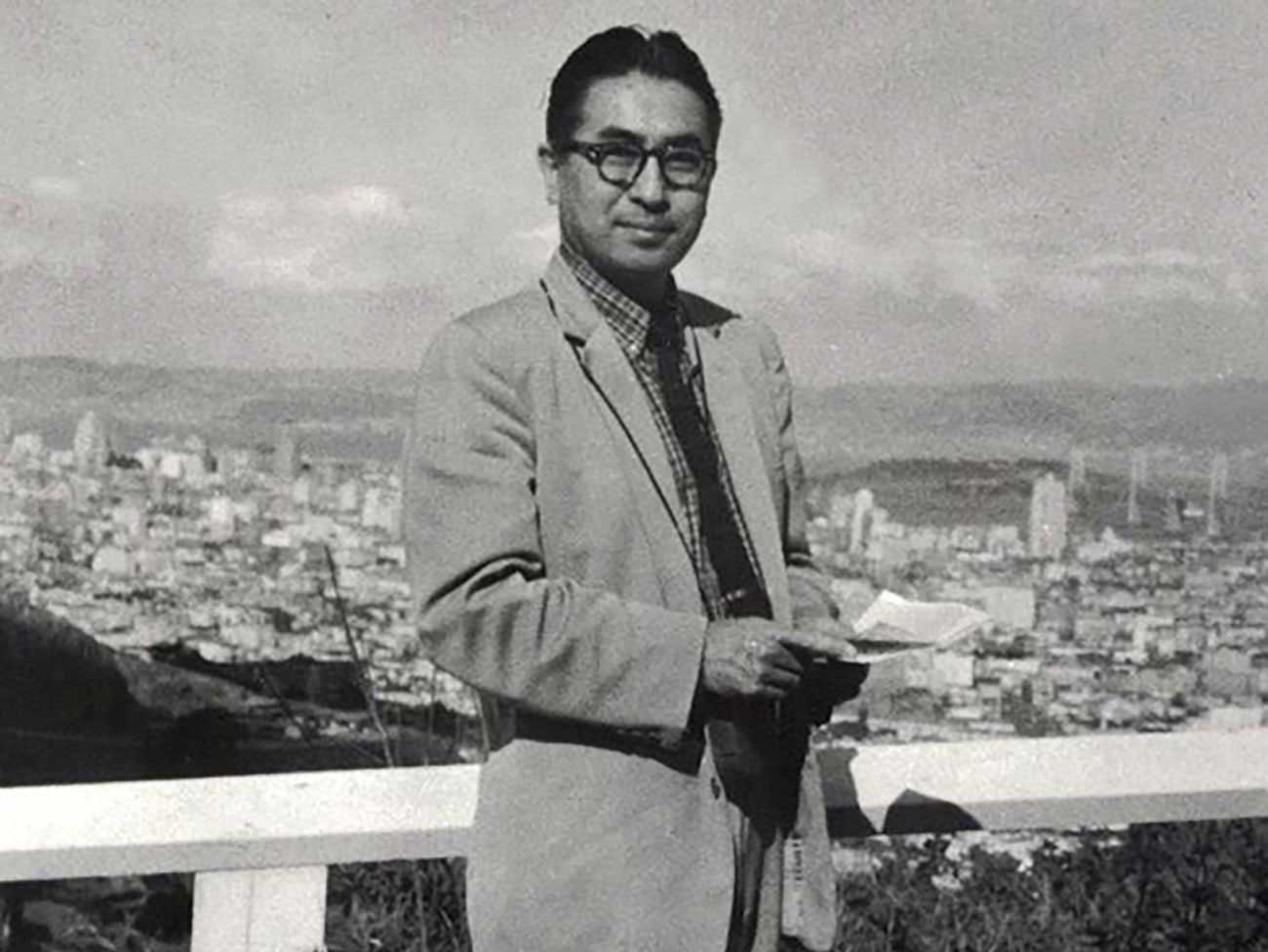
January 27, 2017
Japanese-American doctors overcame internment setbacks
Despite restrictive hiring practices after World War II, Kaiser Permanente …
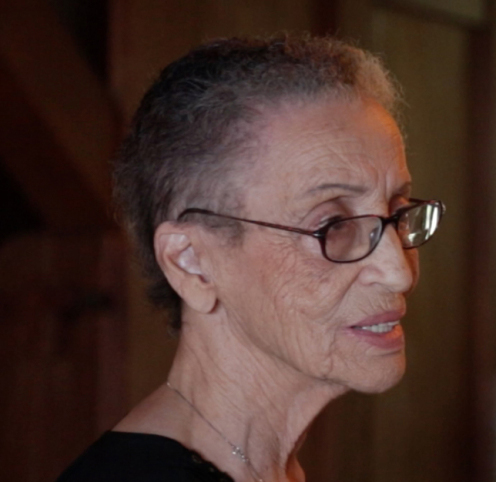
November 16, 2016
Betty Reid Soskin honored with lifetime achievement award
The California Studies Association presents the Carey McWilliams Award …
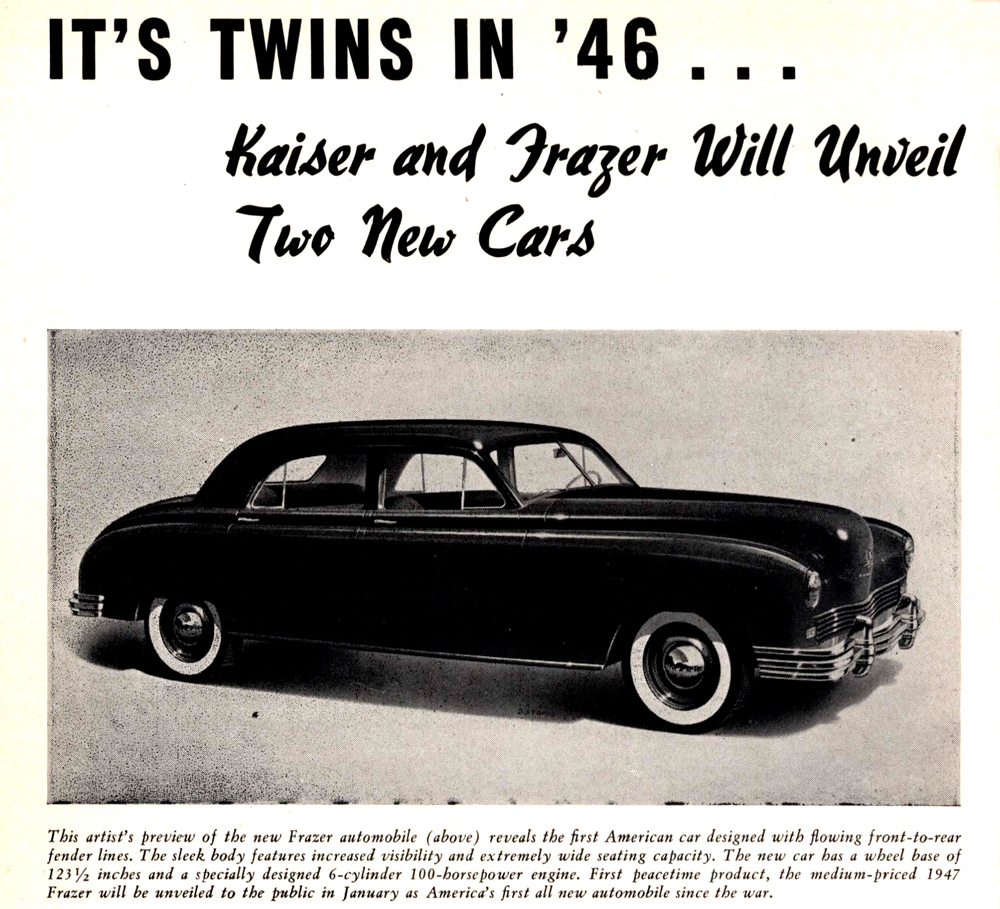
October 17, 2016
Kaiser Motors in Oakland — “We sell to make friends.”
In 1946 Henry J. Kaiser Motors purchased half a square block in downtown …
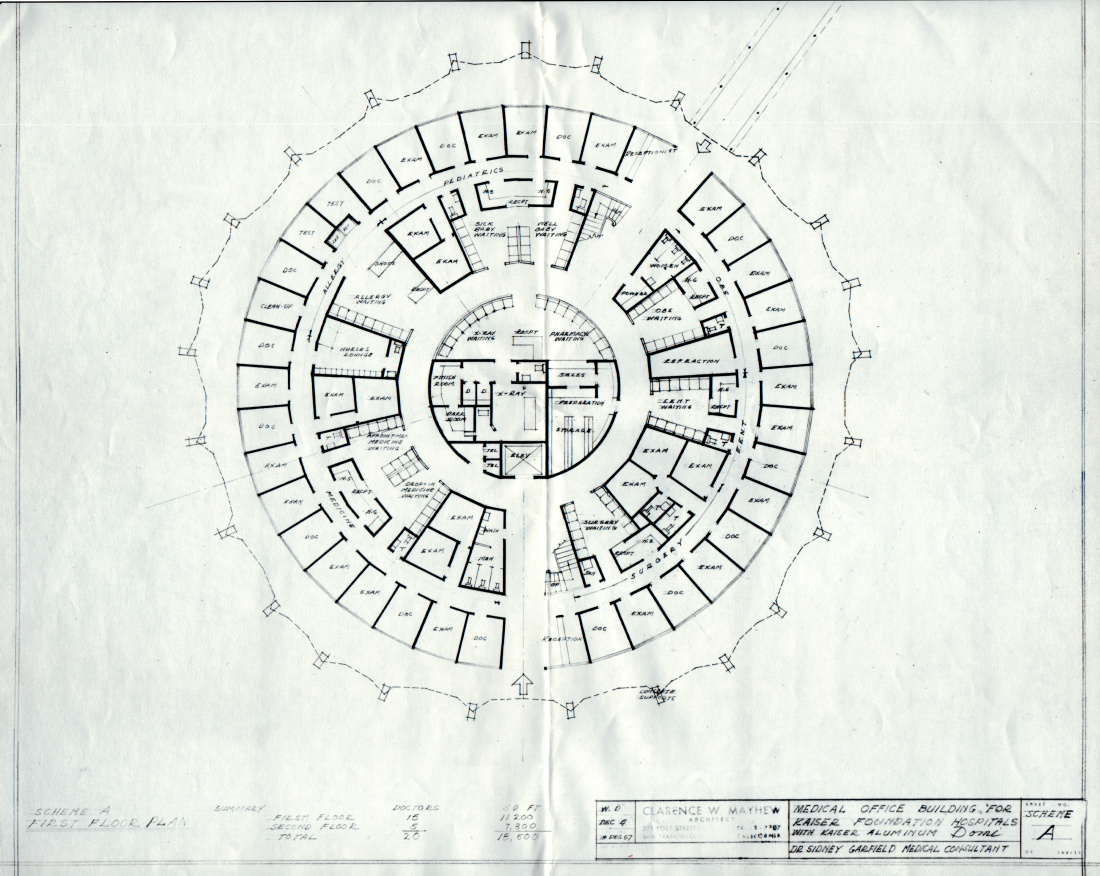
October 12, 2016
Kaiser’s geodesic dome clinic
There are hospital rounds, and there are round hospitals.
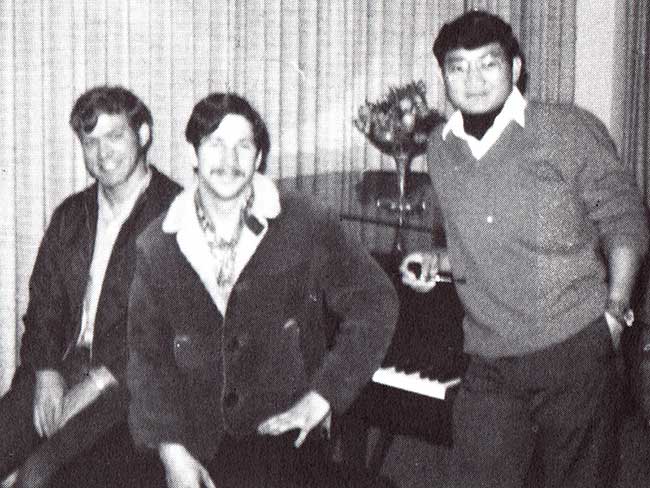
May 5, 2016
Male nursing pioneers
Groundbreaking male students diversify the Kaiser Foundation School of …
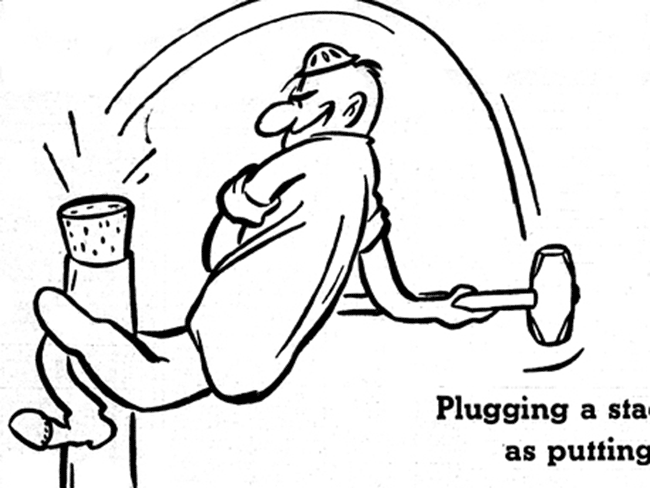
April 20, 2016
Henry J. Kaiser’s environmental stewardship
Since the 1940s, Kaiser Industries and Kaiser Permanente have a long history …
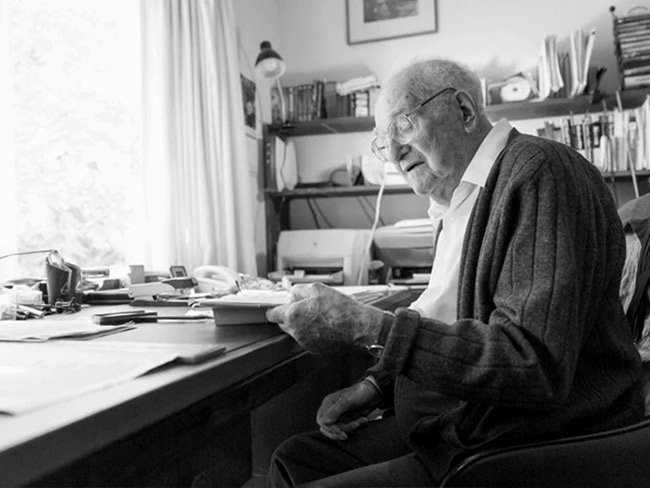
November 13, 2015
Dr. Morris Collen’s last book on medical informatics
The last published work of Morris F. Collen, MD, one of Kaiser Permanente’s …
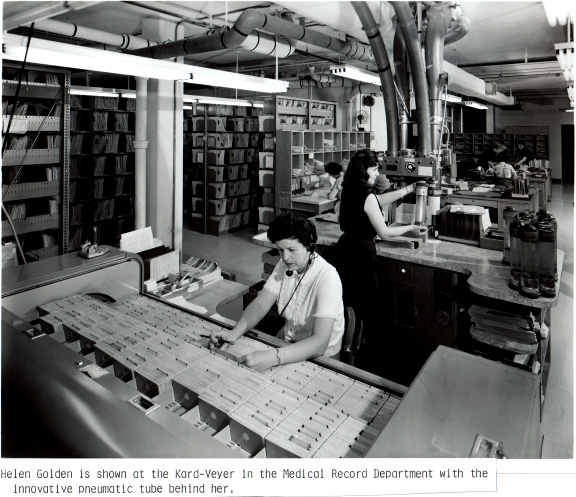
October 29, 2015
From paper to pixels — the new paradigm of electronic medical records
Transitioning to electronic health records introduced new approaches, skills, …
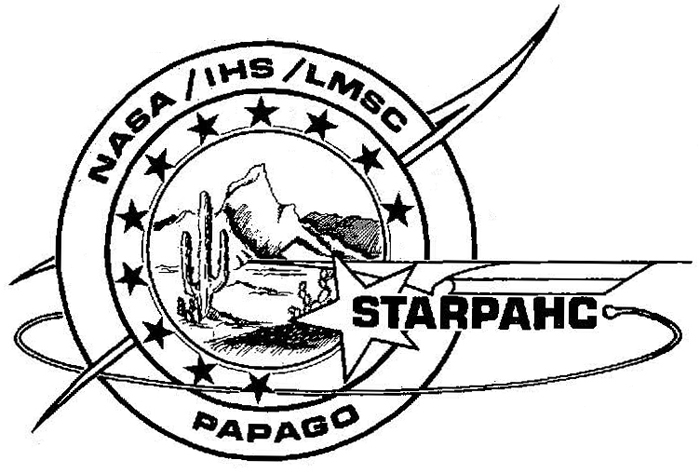
September 23, 2015
Kaiser Permanente and NASA — taking telemedicine out of this world
Kaiser Permanente International designs, develop, and test a remote health …
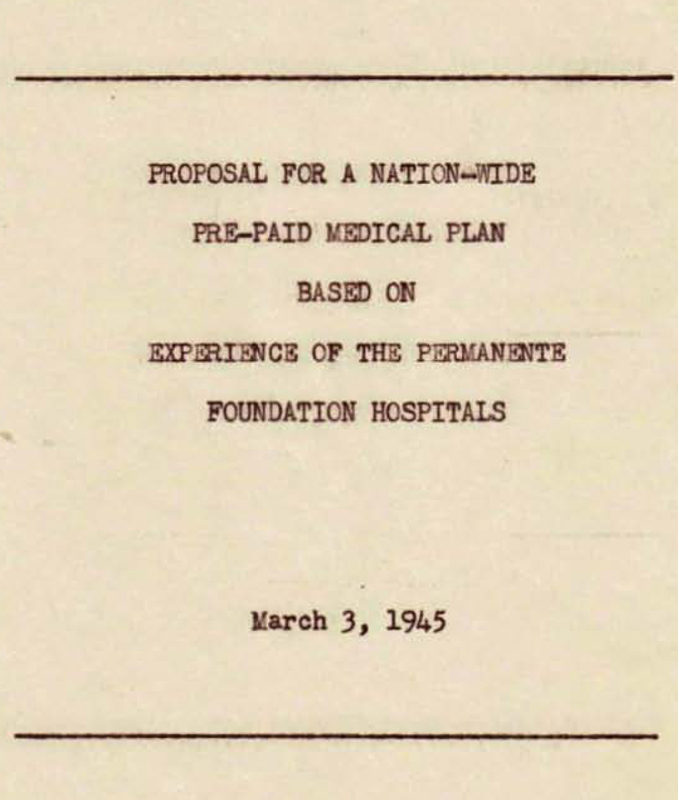
July 22, 2015
Kaiser Permanente as a national model for care
Kaiser Permanente proposed a revolutionary national health care model after …
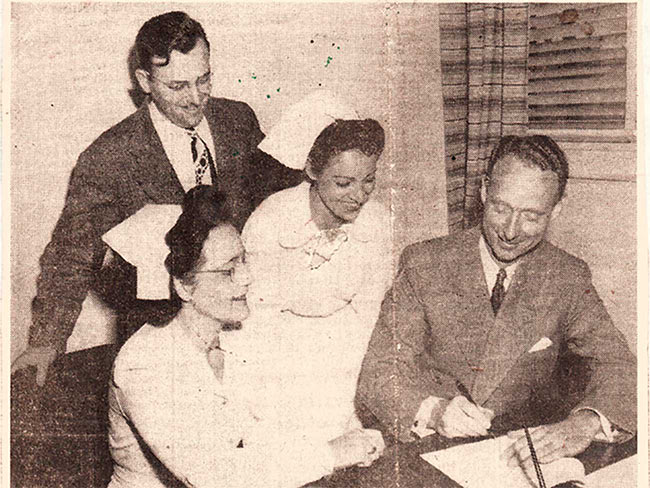
July 21, 2015
Kaiser Permanente's early support from labor
Experiencing the Kaiser Permanente health plan led labor unions to support …
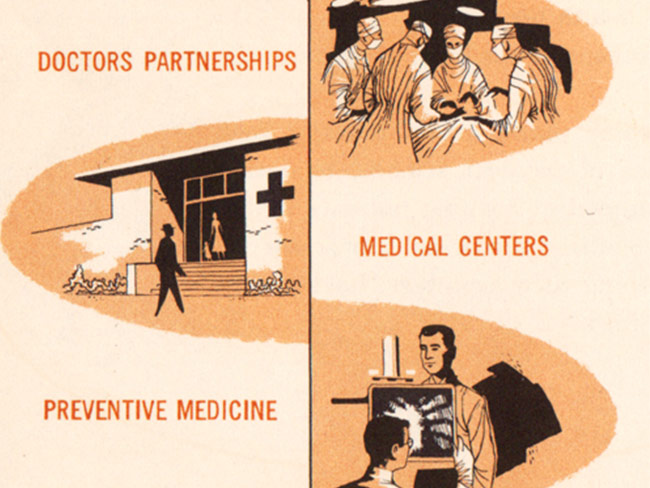
July 20, 2015
Opening the Permanente plan to the public
On July 21, 1945, Henry J. Kaiser and Dr. Sidney Garfield offered the health …
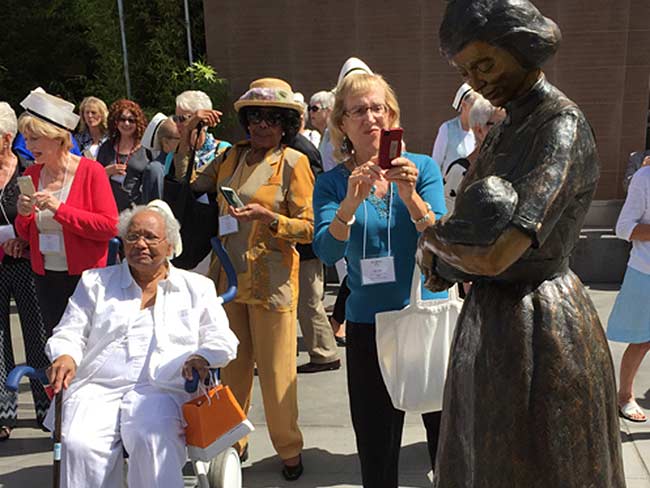
July 1, 2015
Sculpture dedicated to Kaiser Nursing School
The Kaiser Foundation School of Nursing sculpture near Kaiser Oakland hospital …
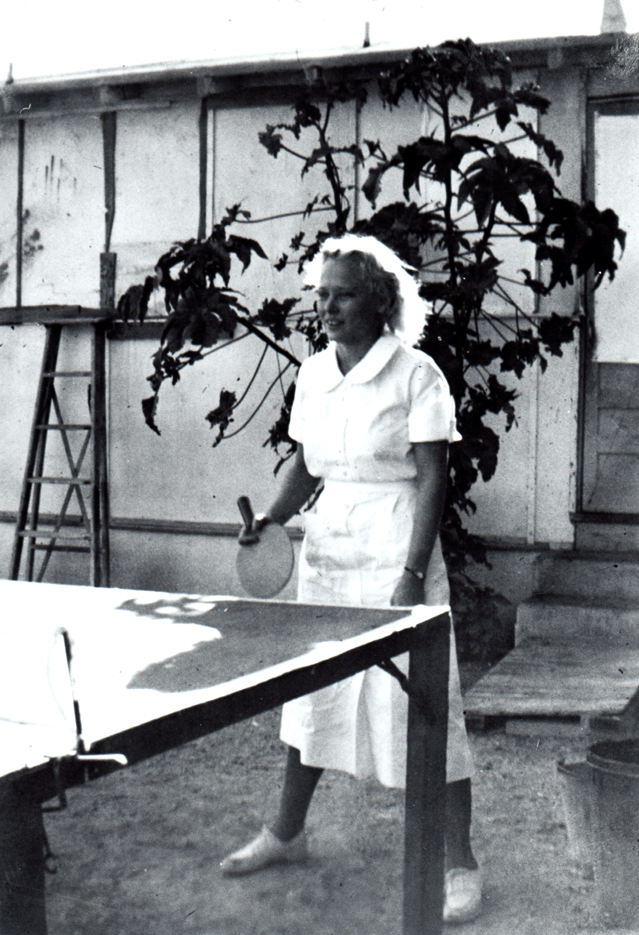
May 6, 2015
Celebrating Betty Runyen — Kaiser Permanente’s ‘founding nurse’
In a desert hospital during the Great Depression, Betty Runyen overcame …
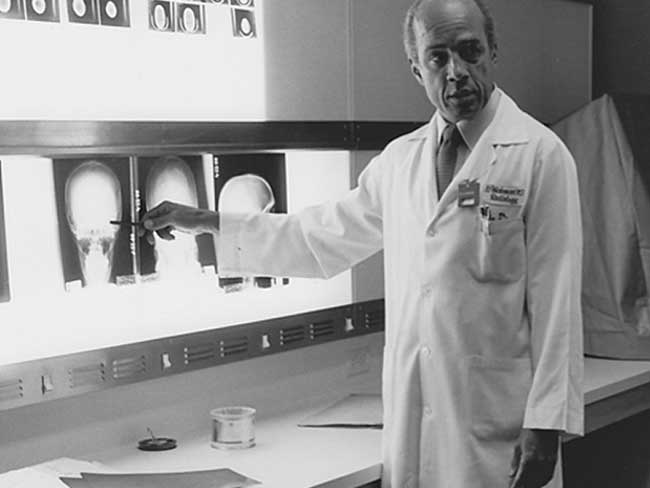
April 27, 2015
Eugene Hickman, MD — Pioneering Black physician
Dr. Hickman had a long career at Kaiser Permanente, becoming president …
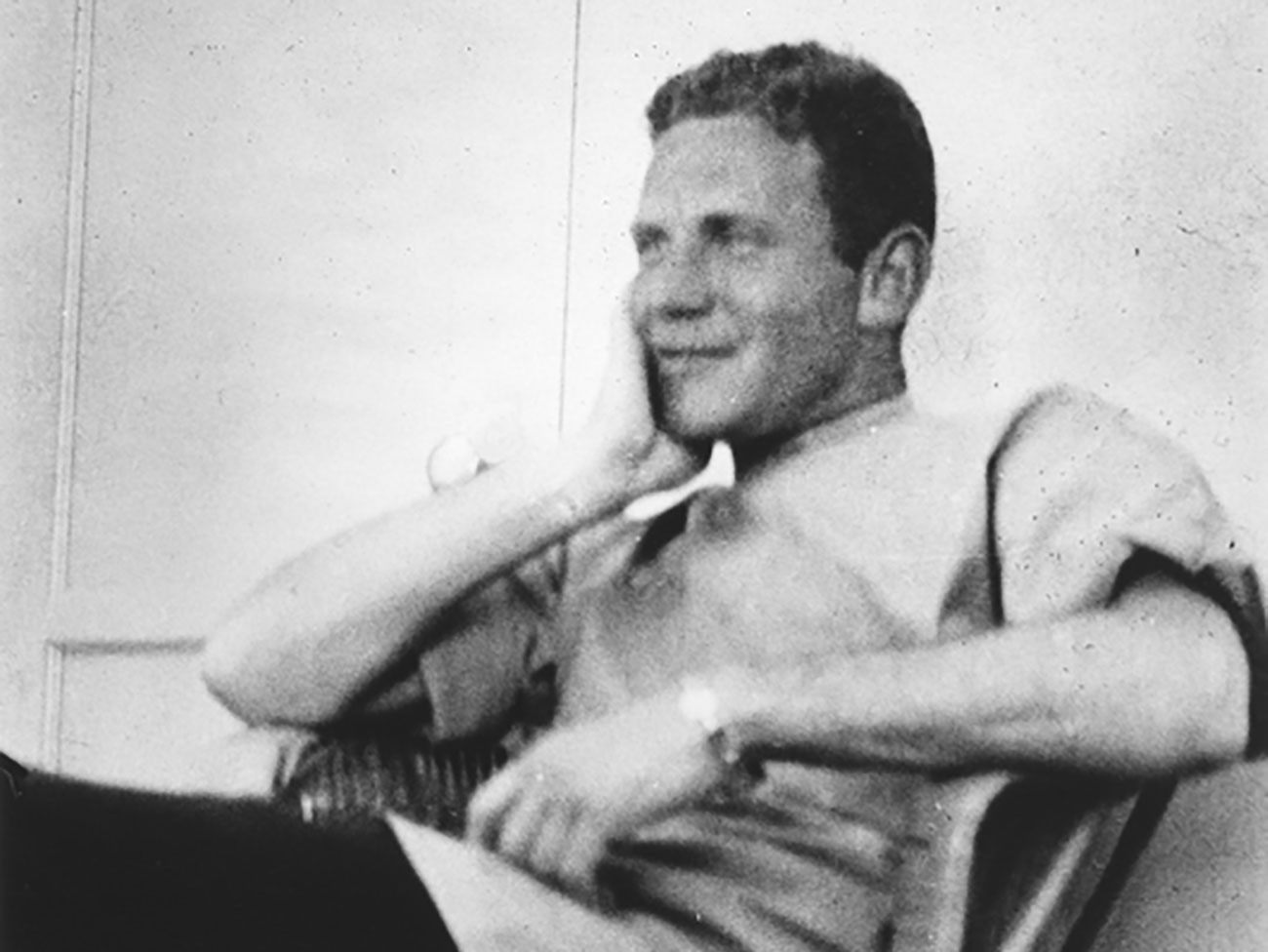
April 24, 2015
2 historical reflections on Kaiser Permanente

April 2, 2015
Henry Kaiser’s escort carriers and the Battle of Leyte Gulf
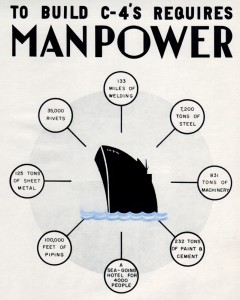
January 9, 2015
The World War II Kaiser Richmond shipyard labor force

December 16, 2014
Henry J. Kaiser on veteran employment and benefits
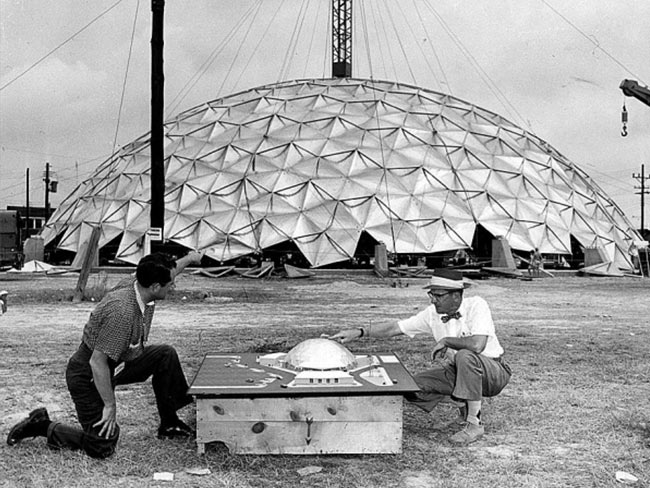
December 11, 2014
Henry J. Kaiser, geodesic dome pioneer

July 23, 2014
Kaiser shipyards pioneered use of wonder drug penicillin
Though supplies for civilians were limited, Dr. Morris Collen’s wartime …
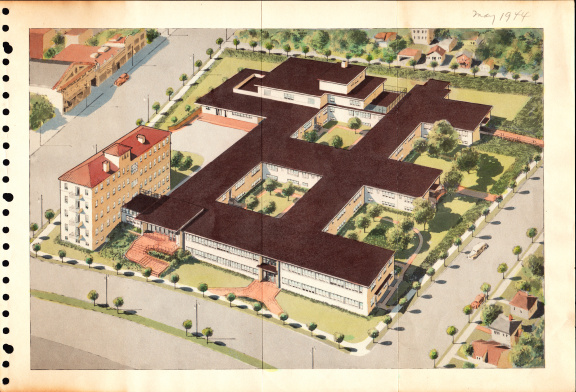
June 24, 2014
Kaiser Permanente's first hospital changes and grows
A collection of vintage photos that chronicle the evolution of Oakland …
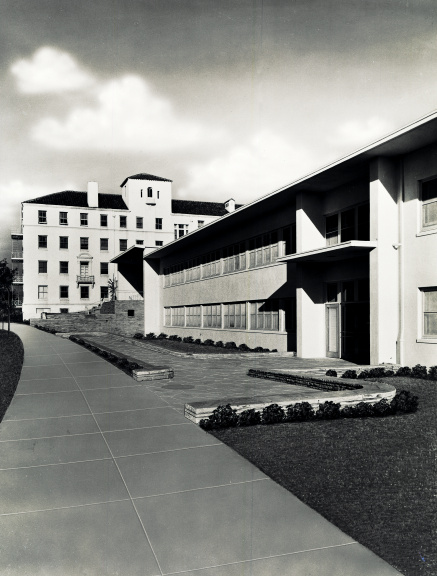
June 20, 2014
Old hospital holds memories of Kaiser Permanente’s past
Rebuilt Oakland Medical Center to open for business.

May 13, 2014
Henry J. Kaiser sticks up for union labor at Brewster Aeronautical
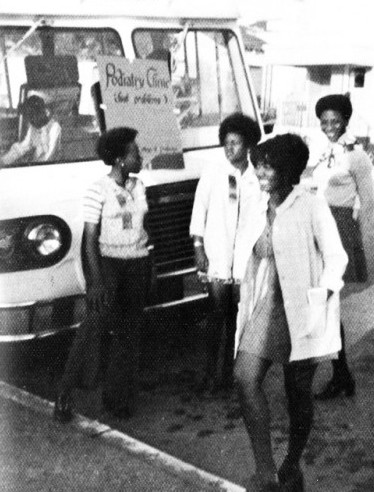
May 5, 2014
Black nurses get together to forge their own future
California African American nurses organize in early 1970s to address health …
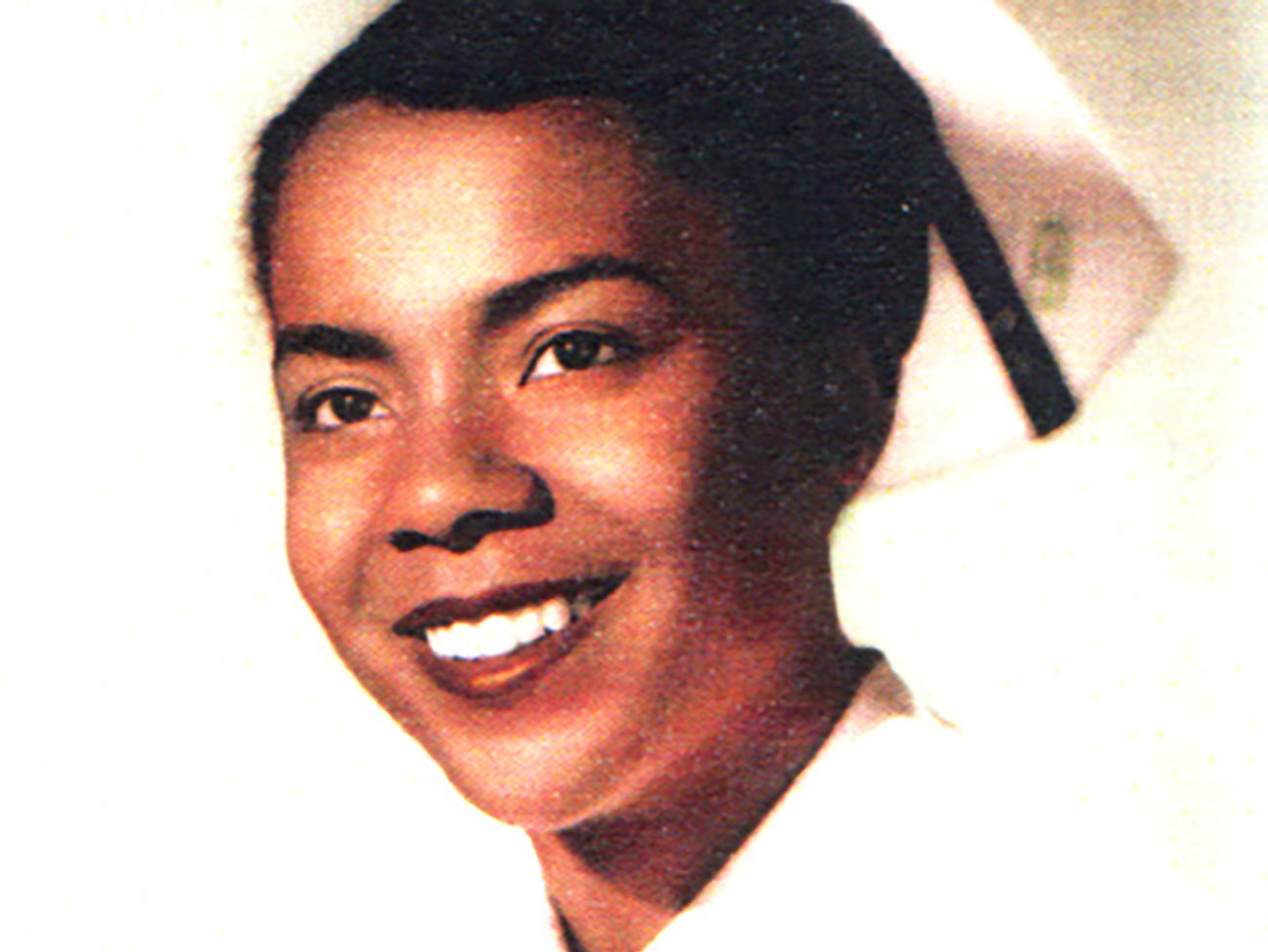
May 1, 2014
Beloved nurse earned place in Kaiser Permanente history
Jessie Cunningham, the first Black nursing supervisor at Oakland Medical …
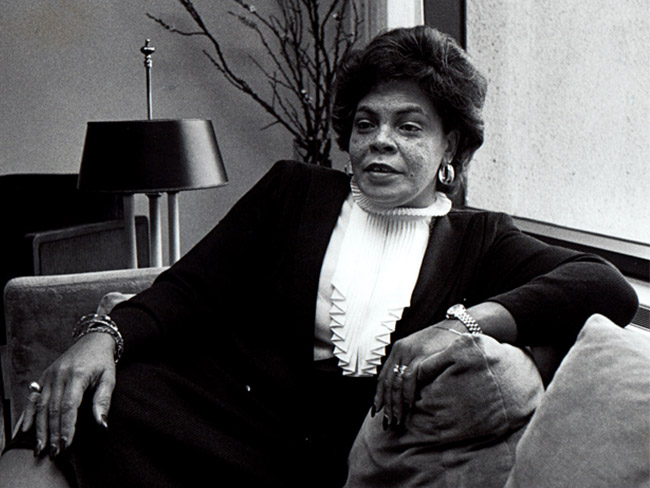
February 18, 2014
Alva Wheatley: Champion of Kaiser Permanente diversity
Third in a series marking Black History Month.
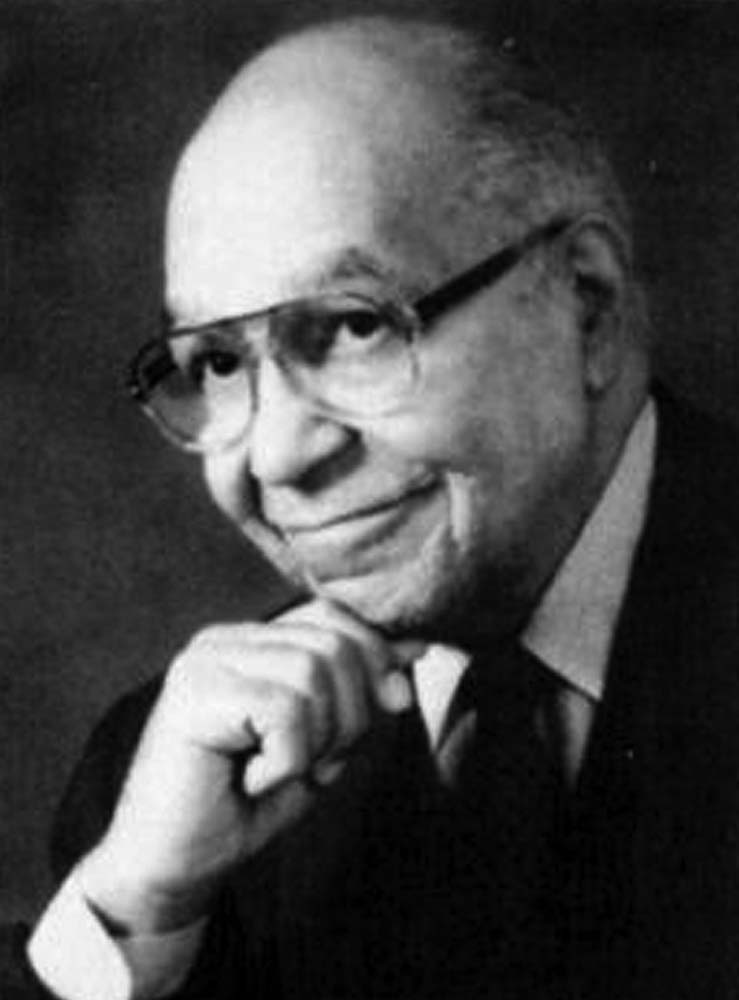
January 31, 2014
Raleigh Bledsoe, MD: First Black radiologist west of Rockies
Dr. Bledsoe became the first Black physician for Southern California Permanente …
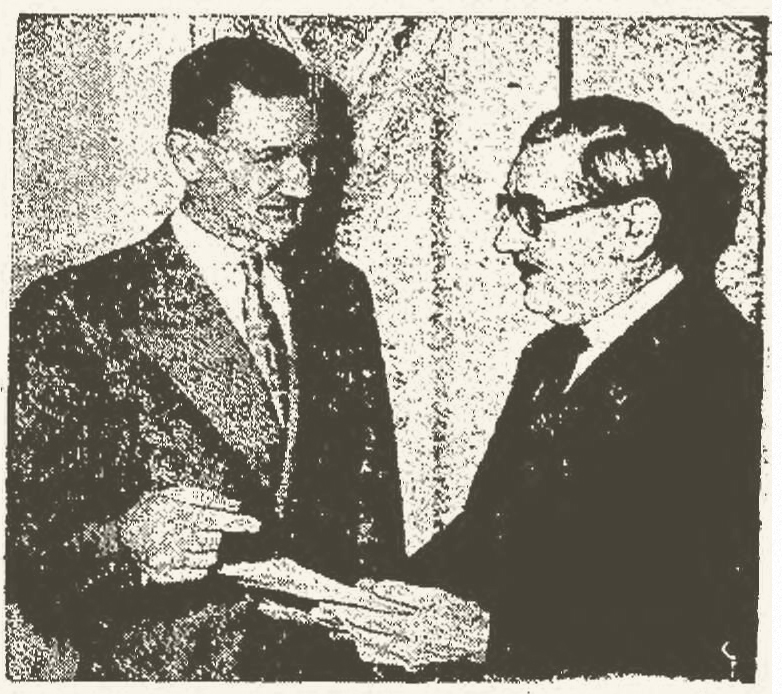
January 23, 2014
Kaiser's first labor attorney in the thick of union battles
Harry F. Morton was an instrumental figure at Henry J. Kaiser's side, setting …
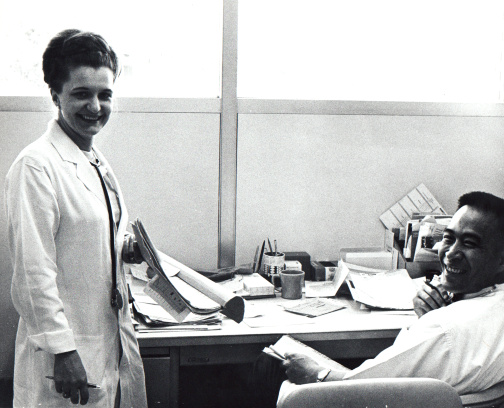
October 16, 2013
Georgia cardiologist returns to Atlanta to start new Permanente group
Kaiser Permanente expands to the Southeast and builds community relations …
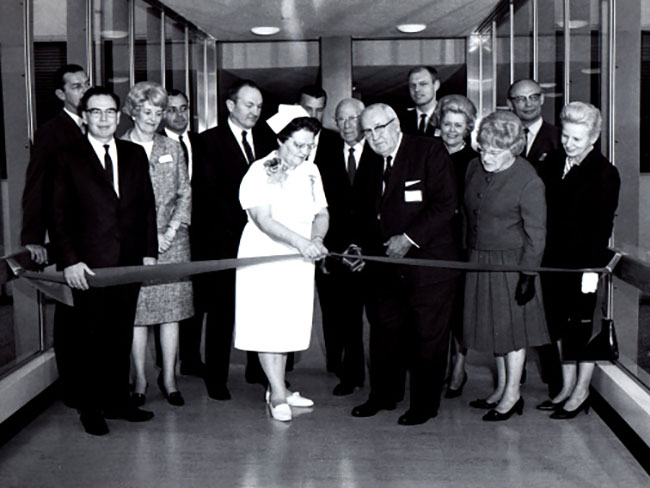
October 8, 2013
Northwest Region started small and grew fast
Kaiser Permanente remained and opened the Northwest Region after World …
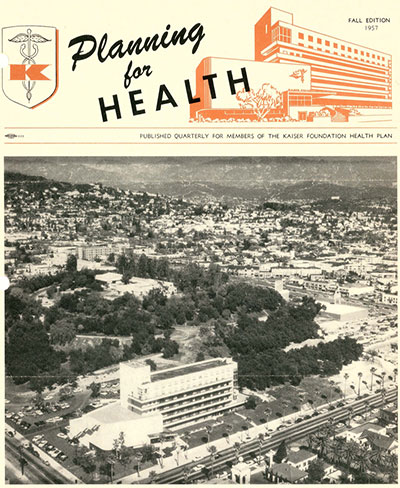
October 7, 2013
The roots of Southern California Kaiser Permanente
Kaiser Permanente Southern California started from its roots at the Fontana …
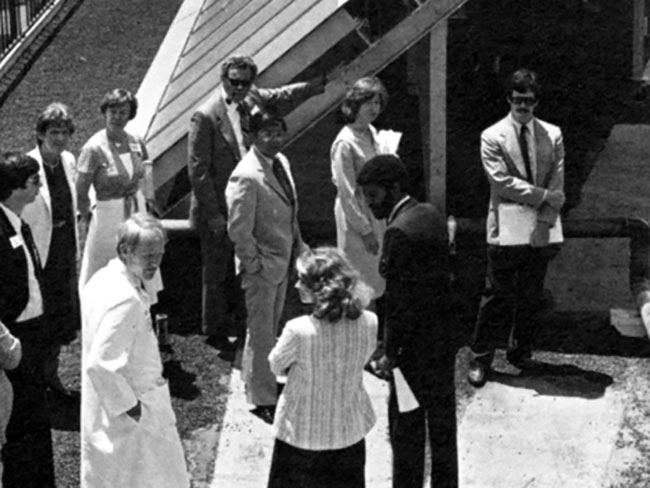
September 23, 2013
Kaiser Permanente pioneered solar power in health facilities in 1980
Santa Clara Medical Center hosted a solar panel project in 1979 to demonstrate …

September 20, 2013
The Permanente Creek
Henry J. Kaiser's wife, Bess, admired the creek and its name, leading Kaiser …
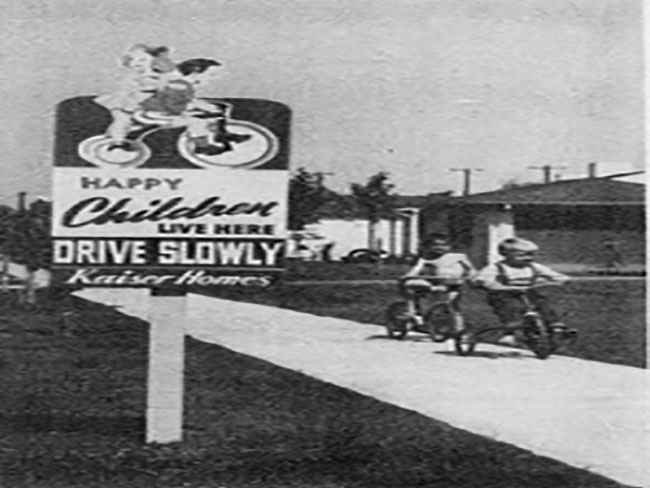
September 19, 2013
Kaiser’s postwar suburbs designed for pedestrian safety and fitness
Model neighborhoods close to jobs and laid out with meandering lanes and …
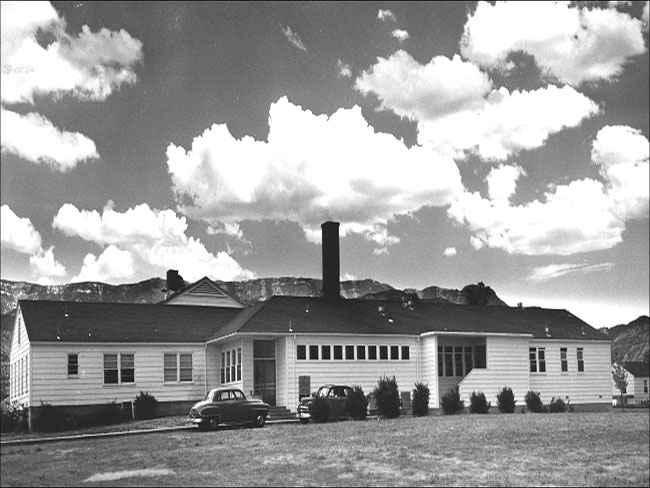
September 18, 2013
The genesis of Kaiser Permanente Colorado
Utah miners, a strike, and the need for care were the ingredients to opening …
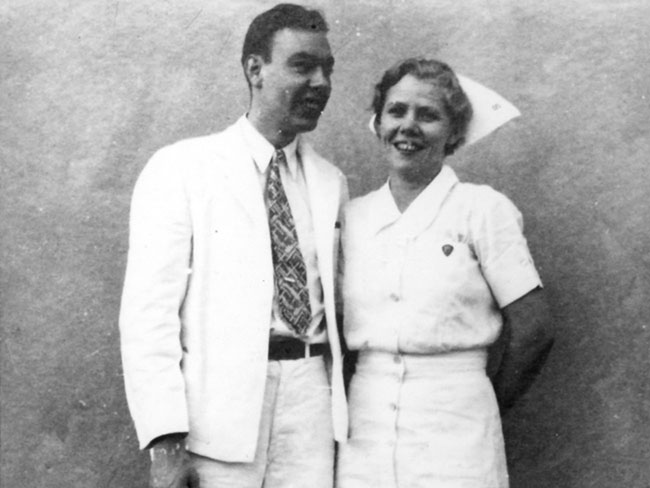
September 16, 2013
Physician-nurse team helps Permanente medicine through early days
Dr. Cecil Cutting and nurse Millie Cutting were among the first medical …
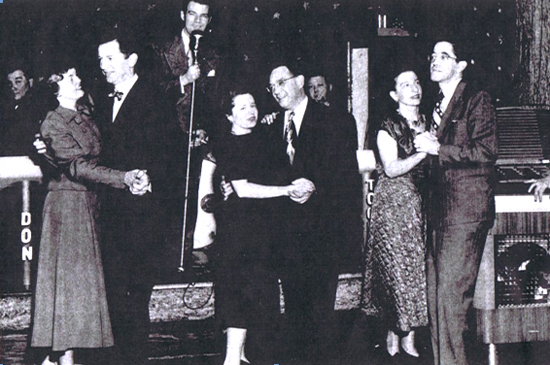
August 16, 2013
Dr. Charles M. Grossman, 1914–2013 — founding Northwest Permanente physician
In memoriam: Remembering and reflecting on a pioneering physician from …

August 2, 2013
Image of Rosie broadens to embrace African American women
Black women find new opportunities to elevate work status on the World …
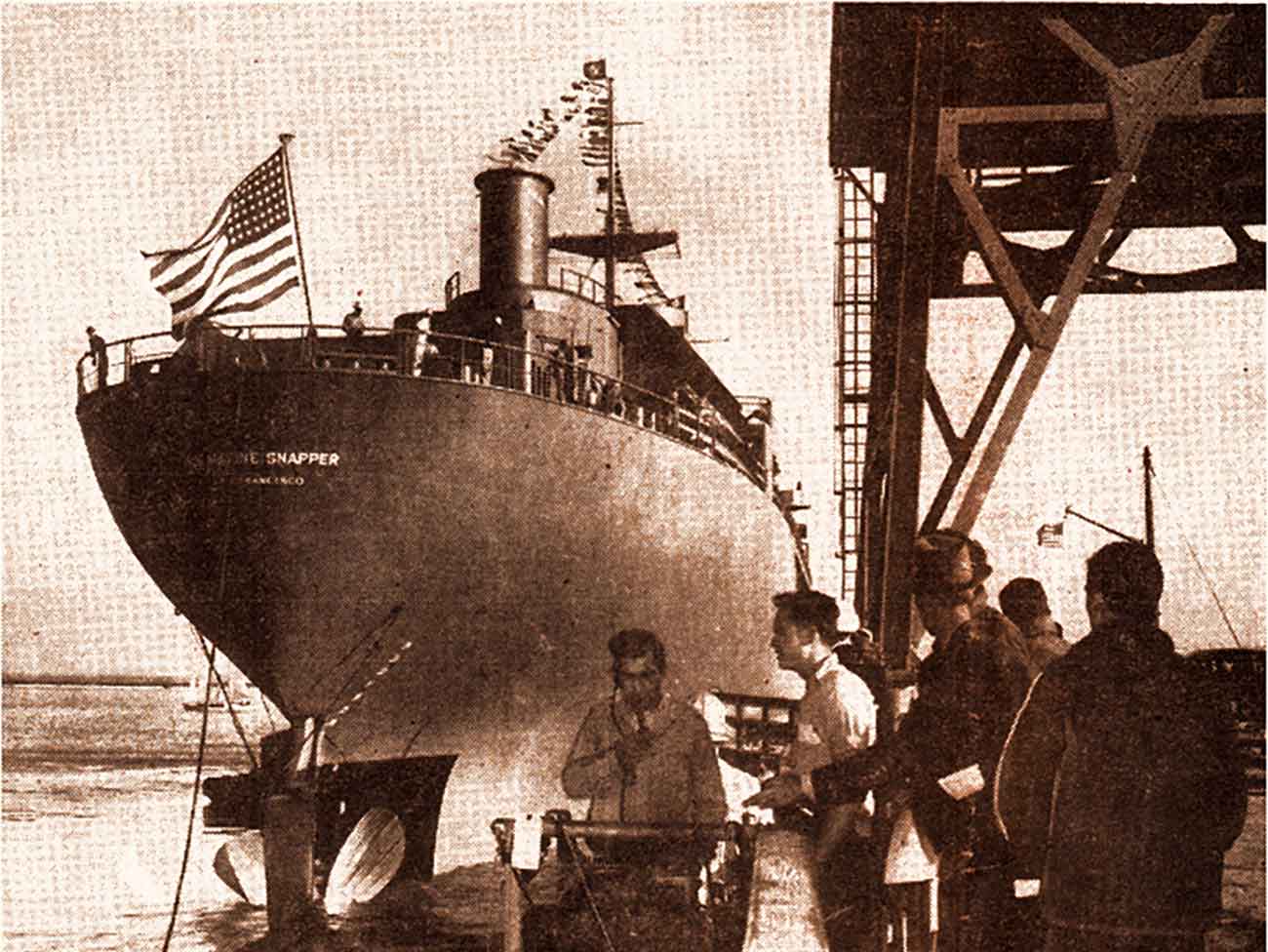
July 15, 2013
Labor unions offer early support for nascent Permanente Health Plan
After World War II, the experience of the Kaiser Permanente Health Plan …
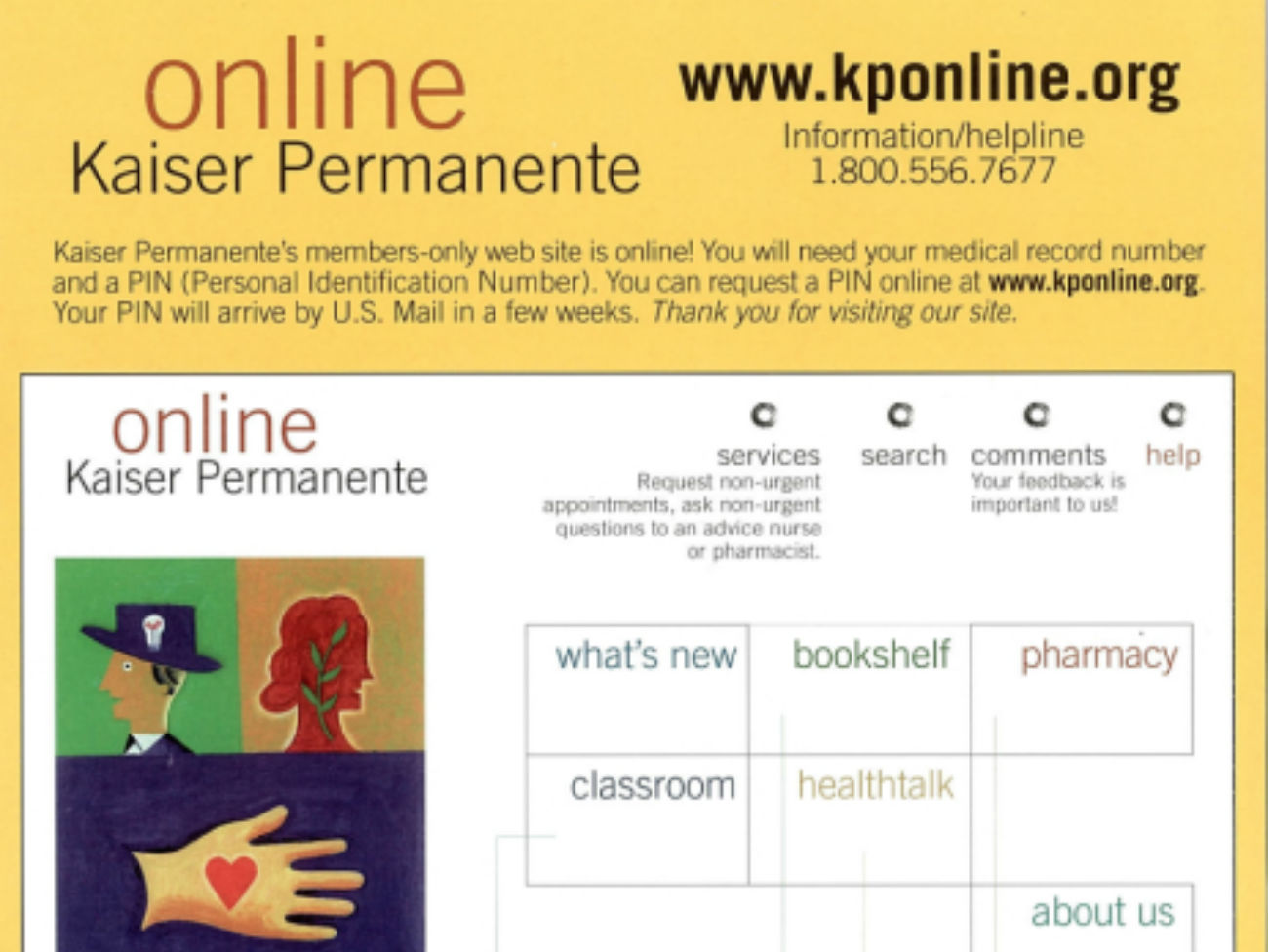
July 9, 2013
Kaiser Permanente Web presence rooted in past
The first Kaiser Permanente website launched in 1996, creating a new way …
